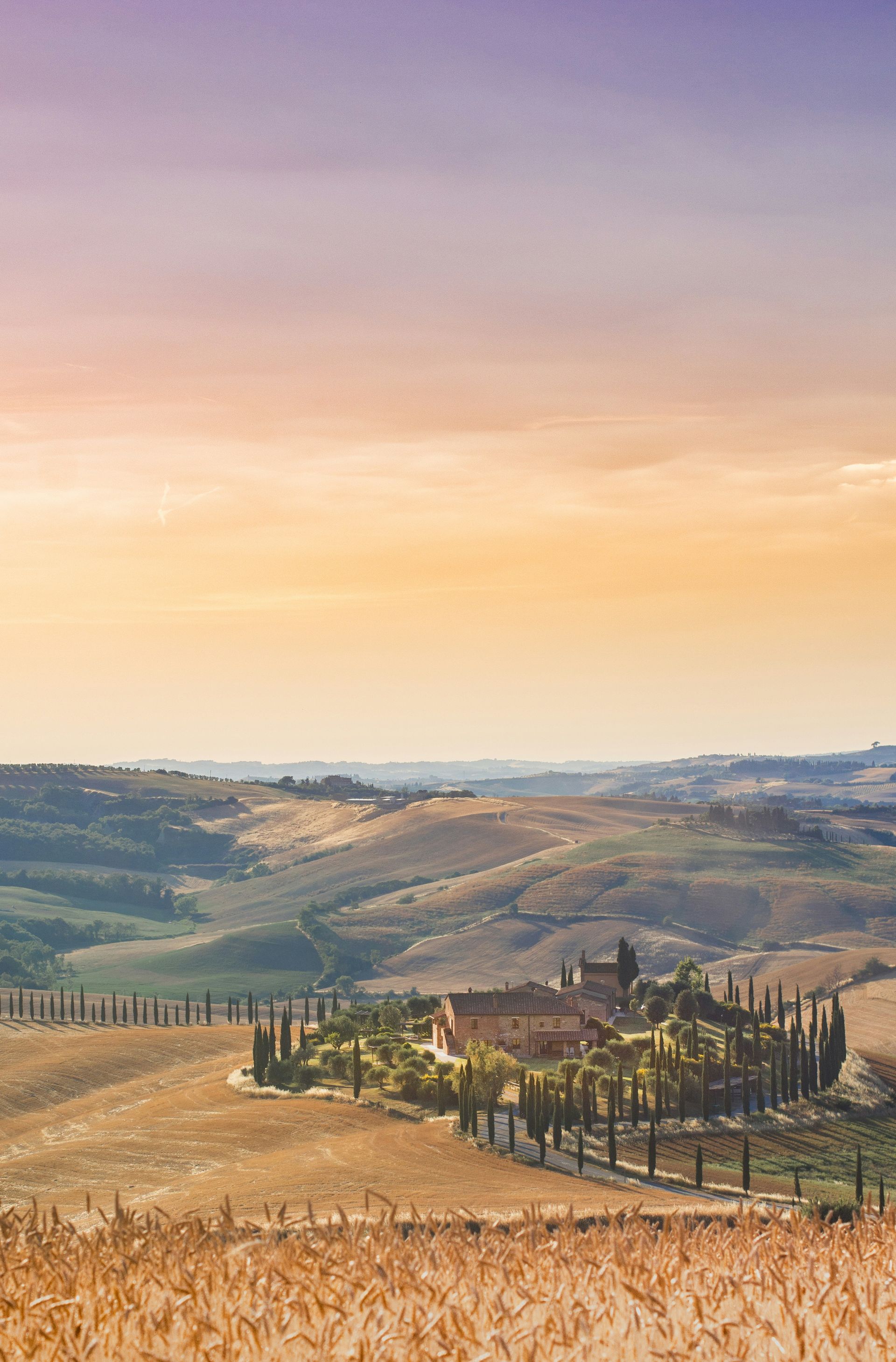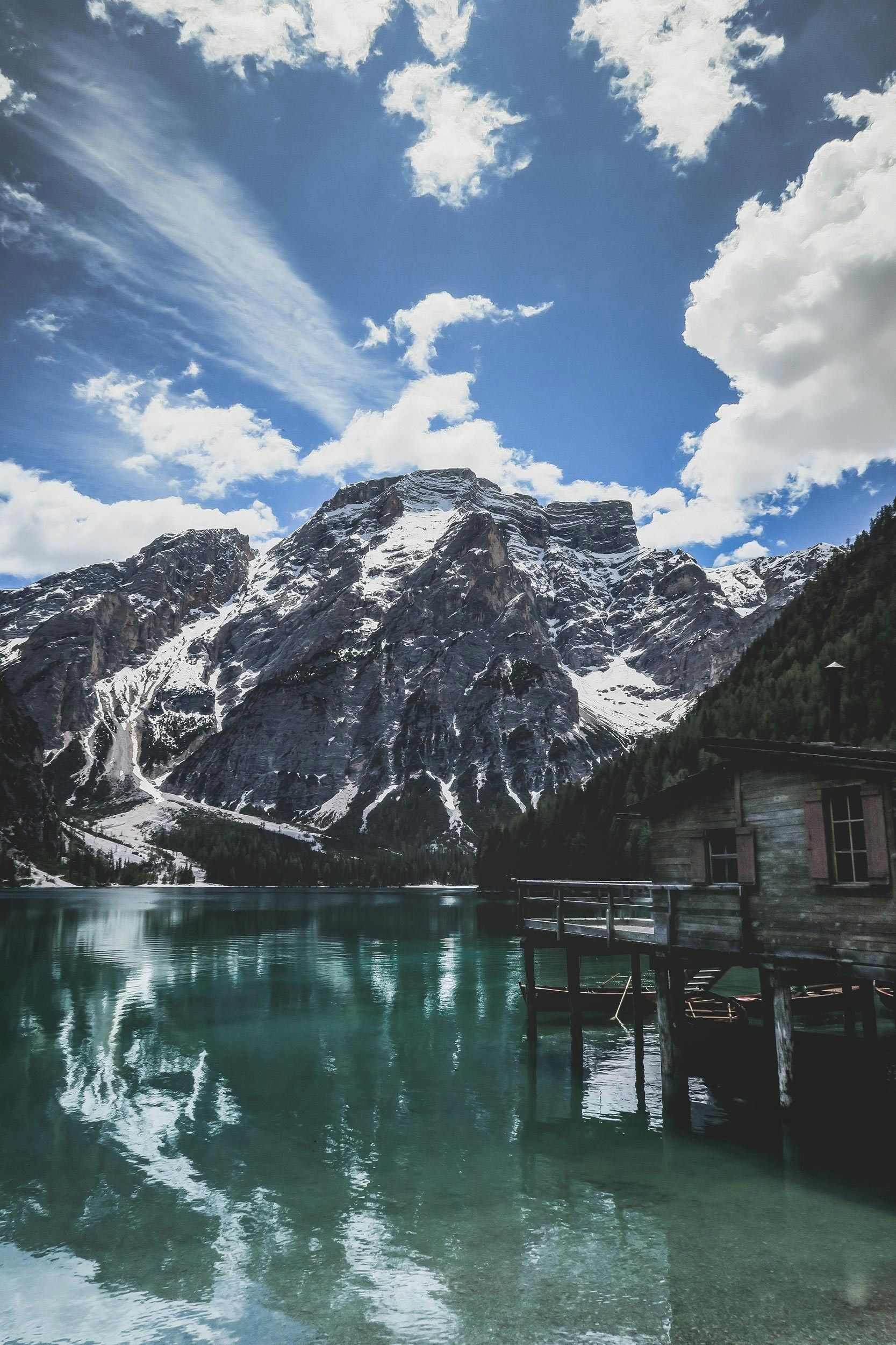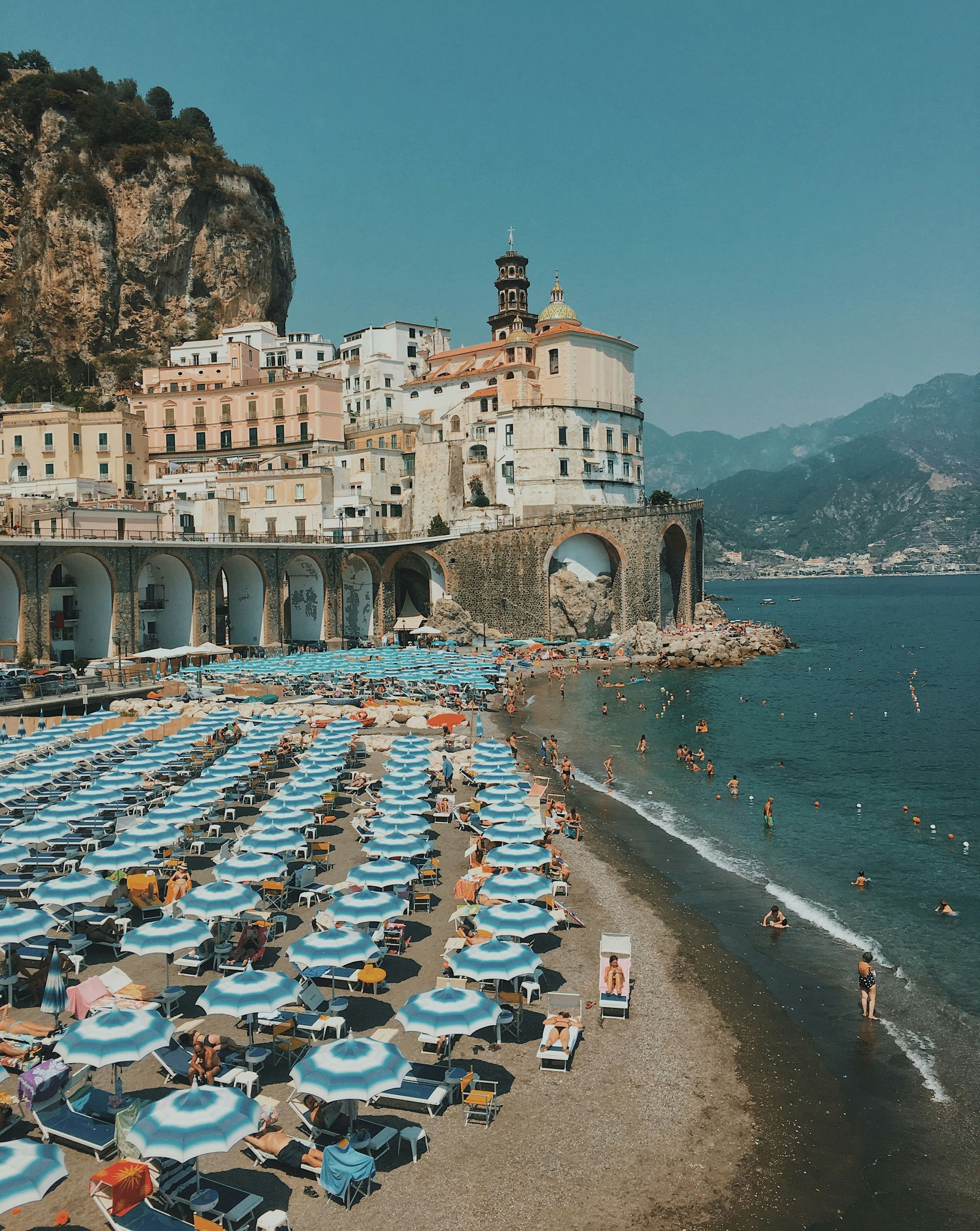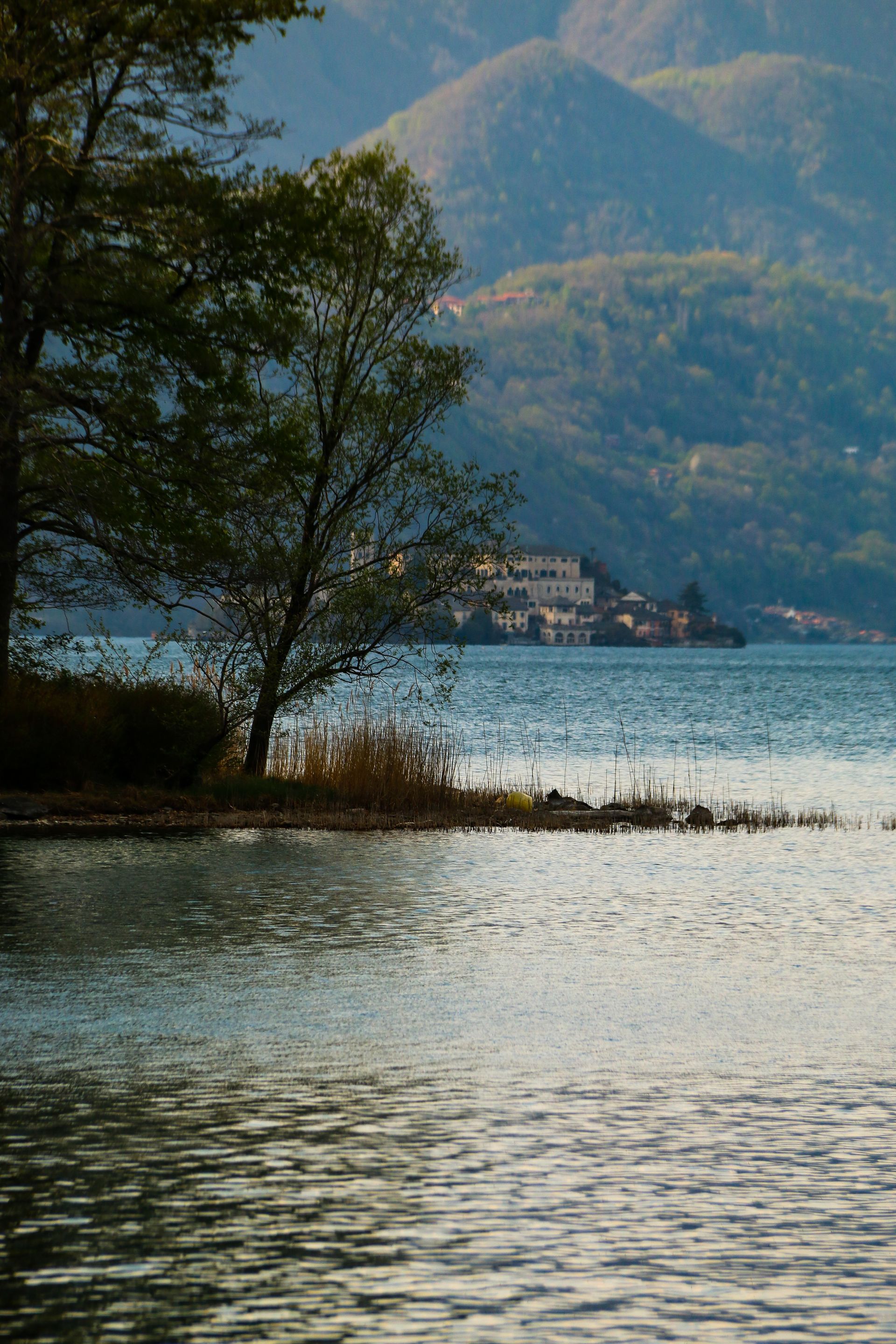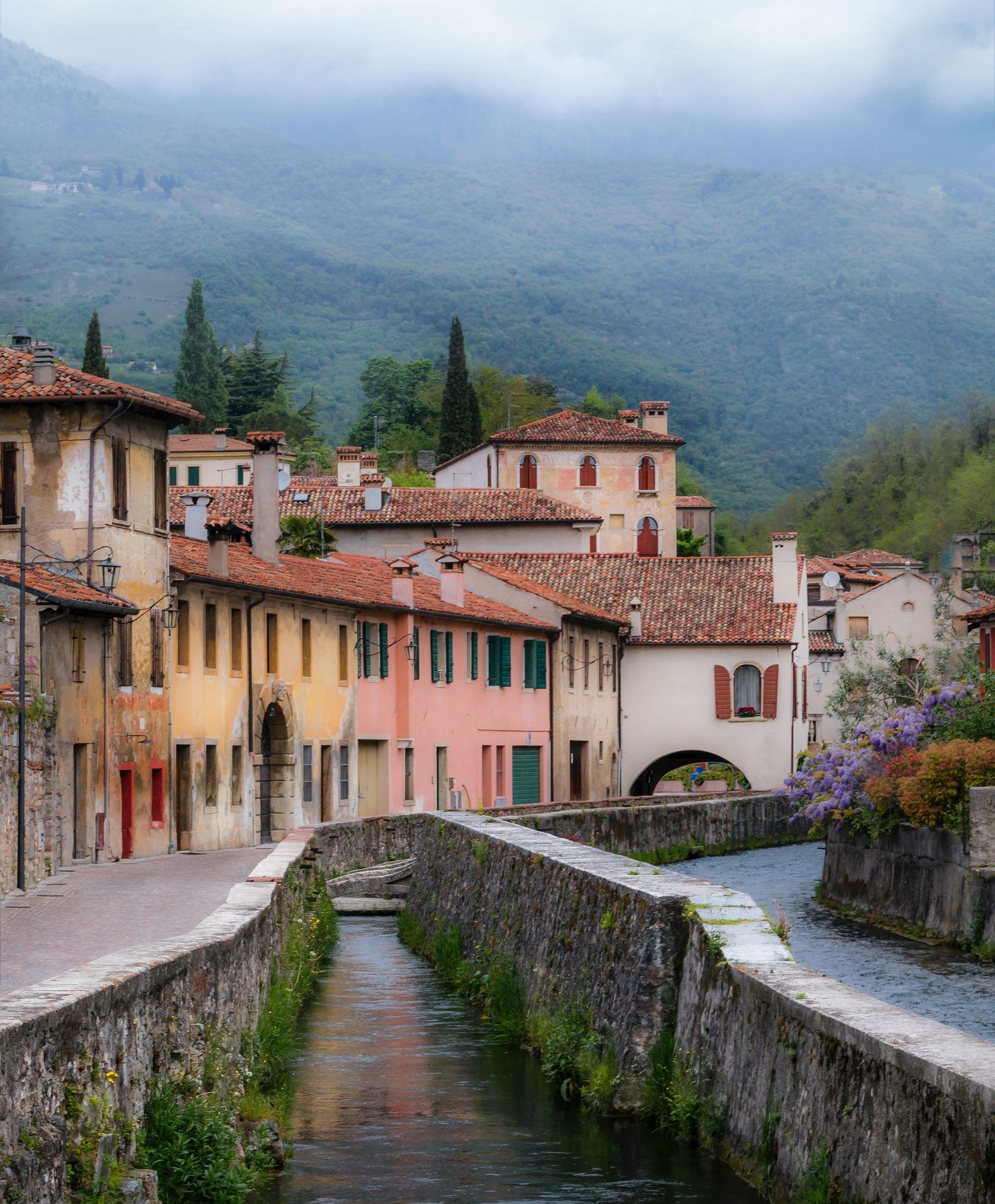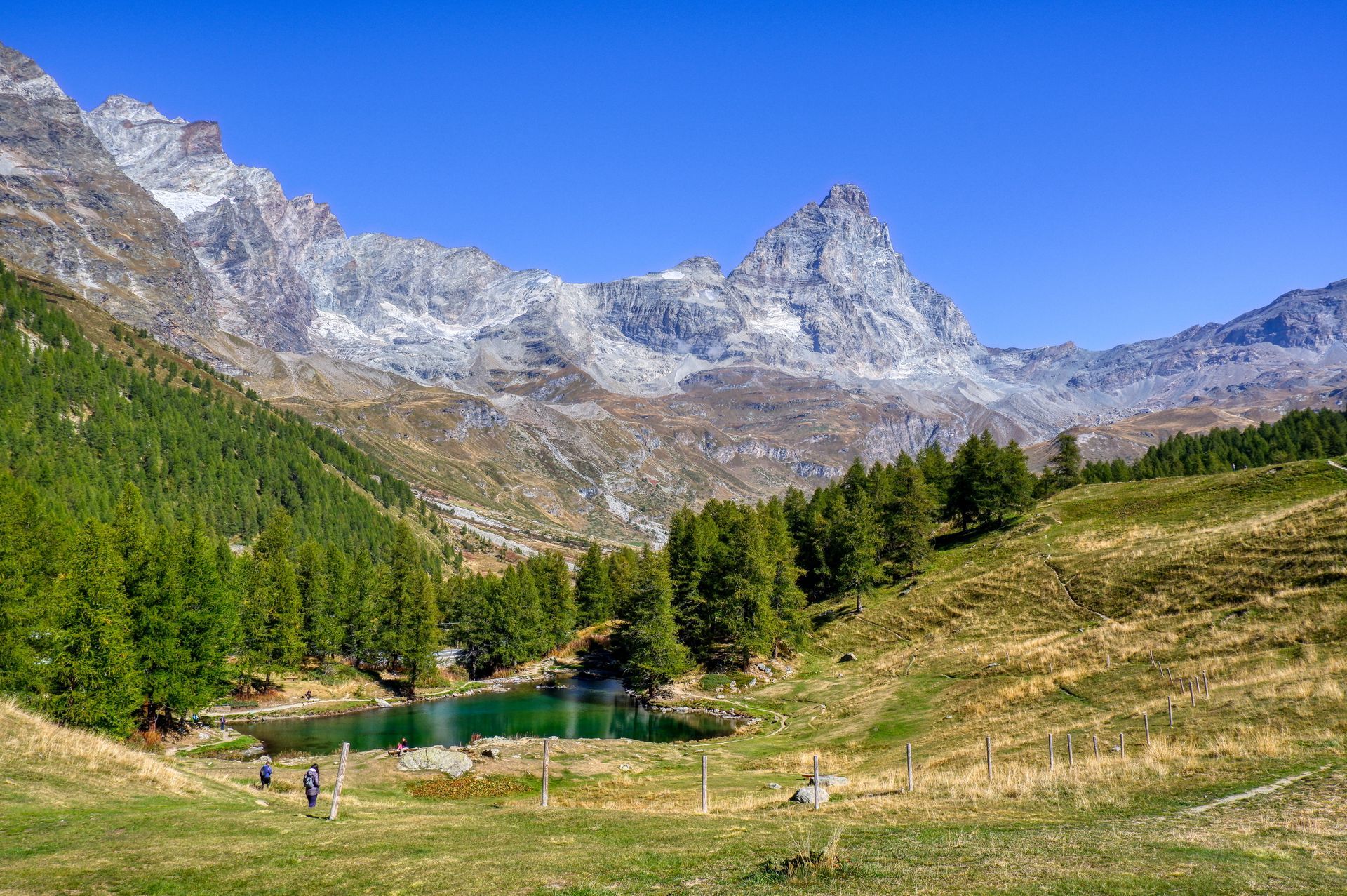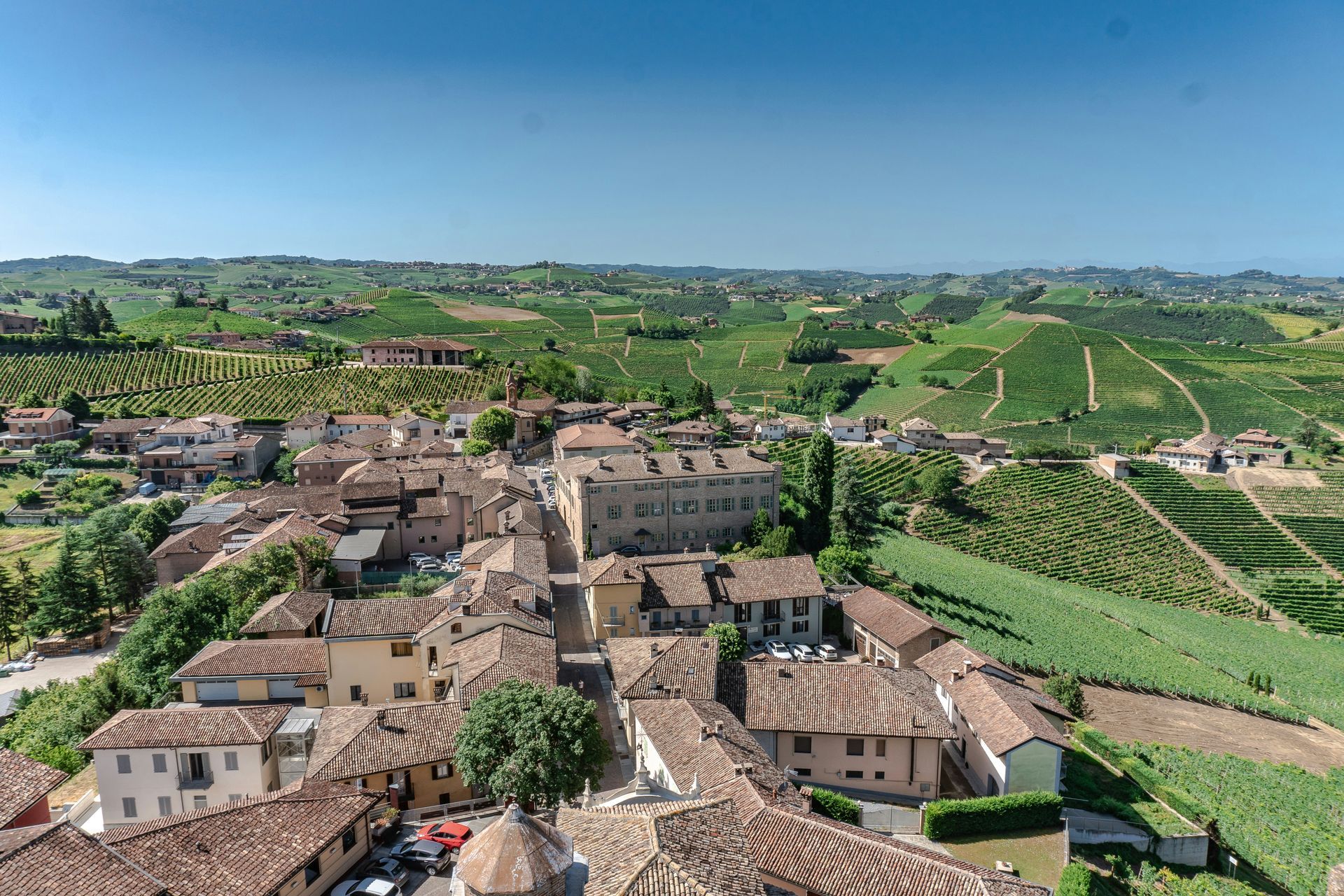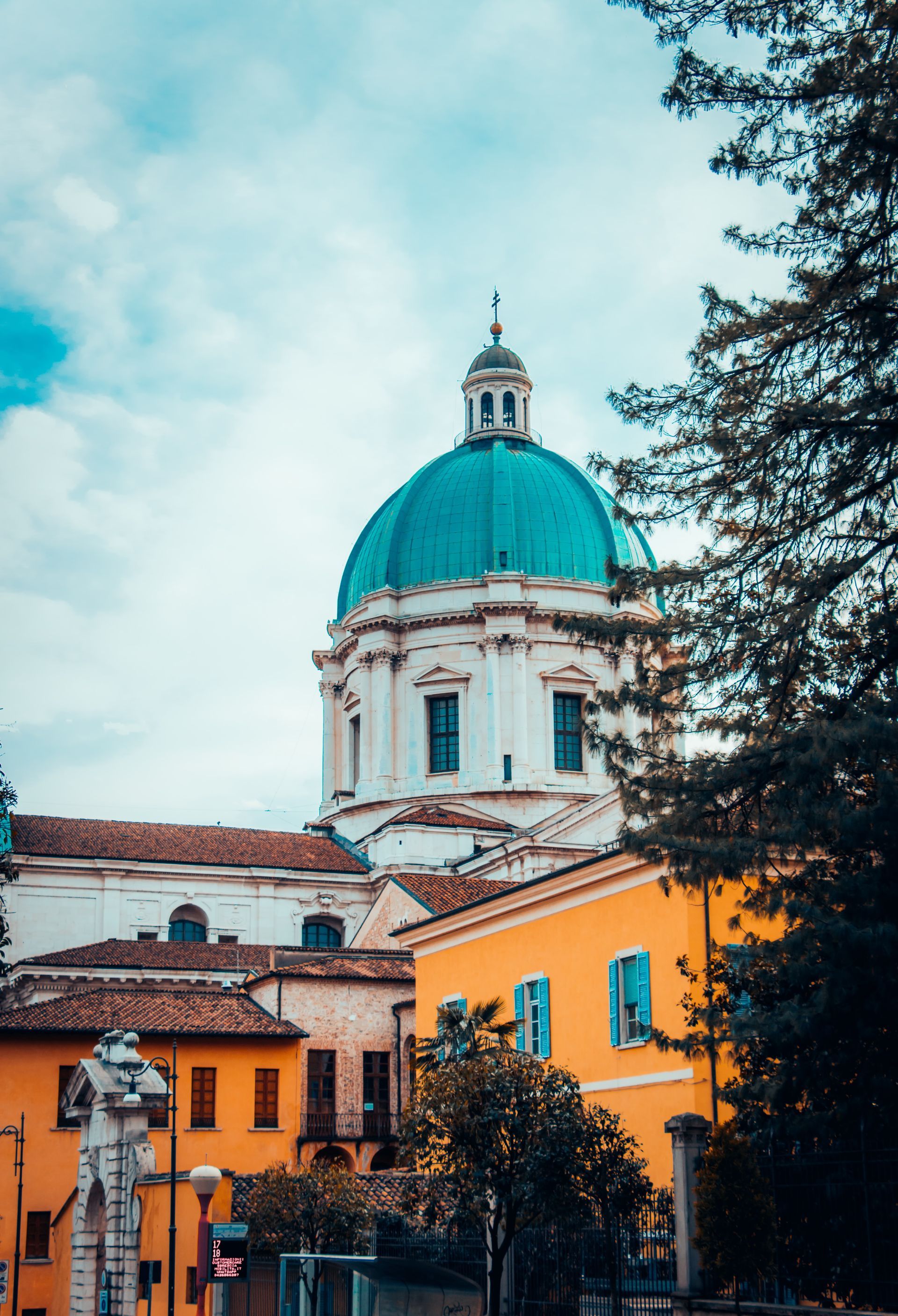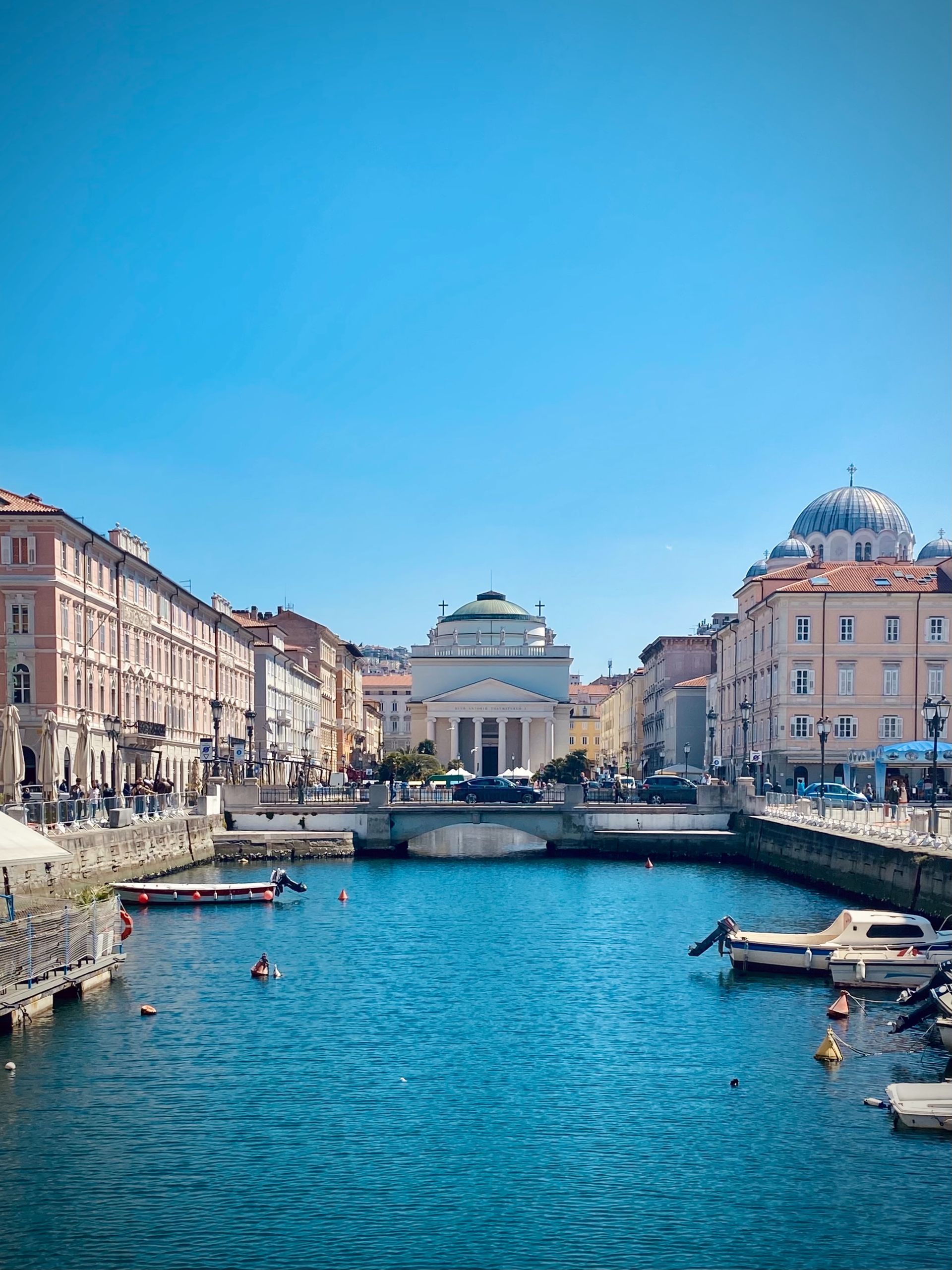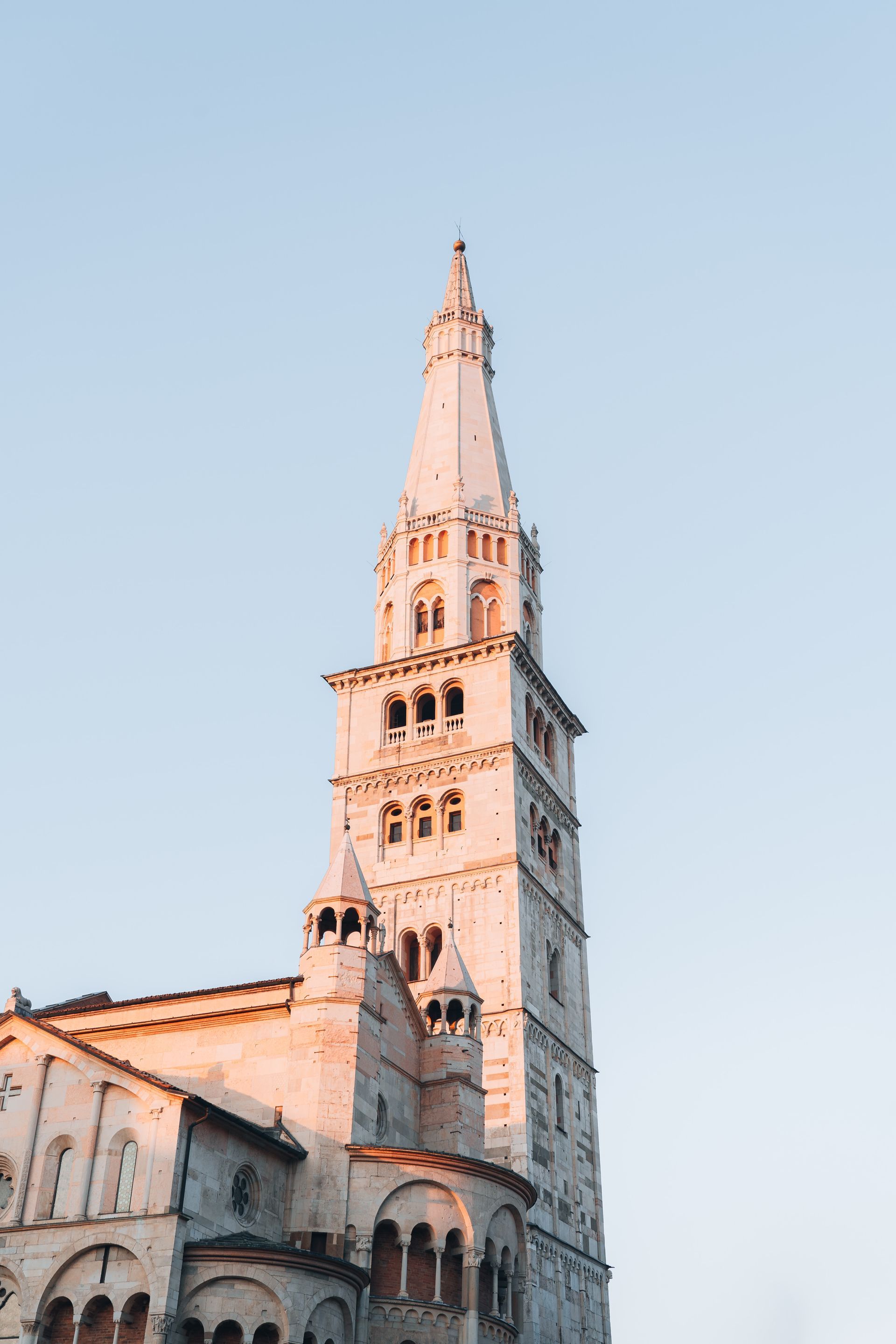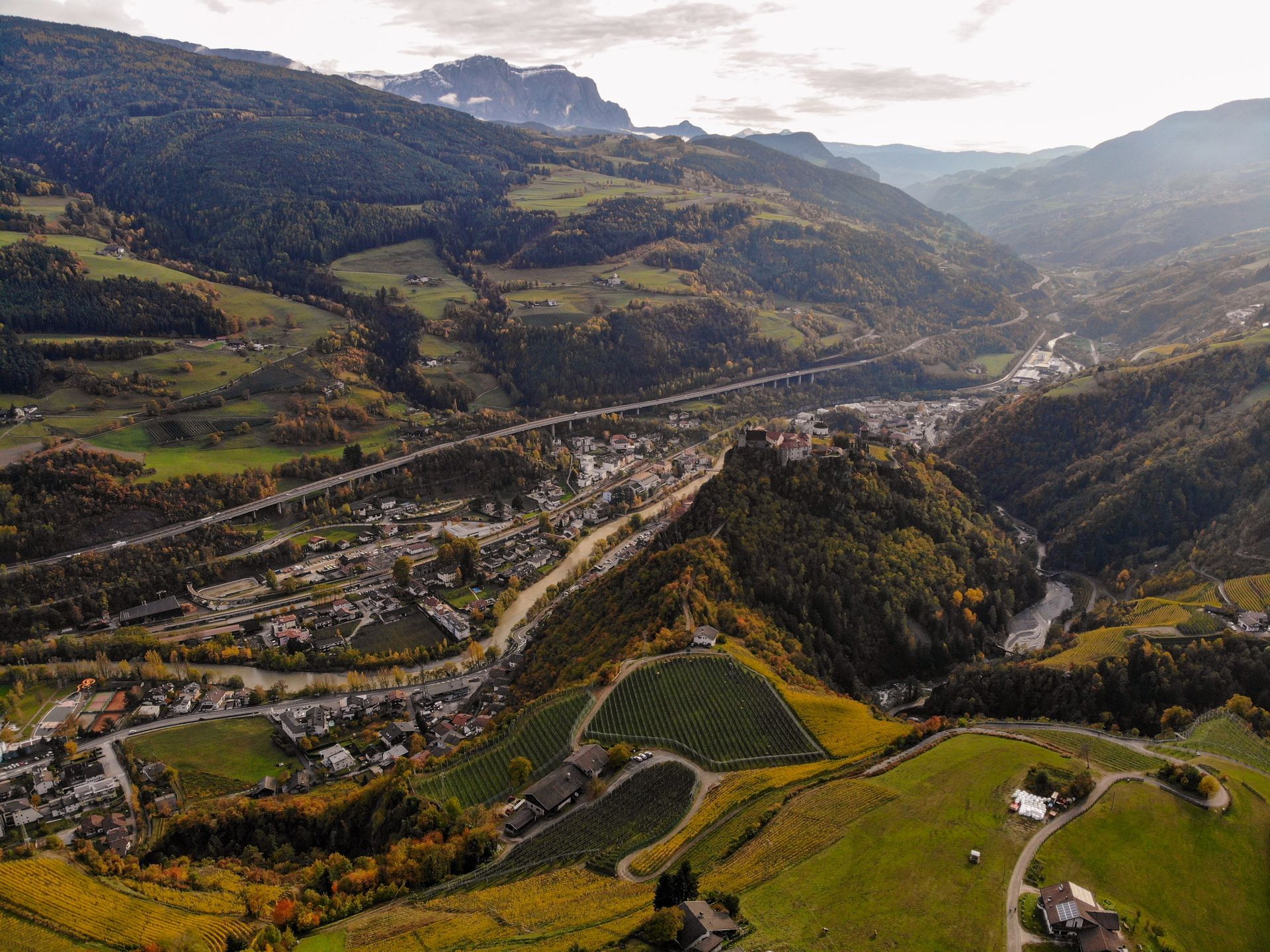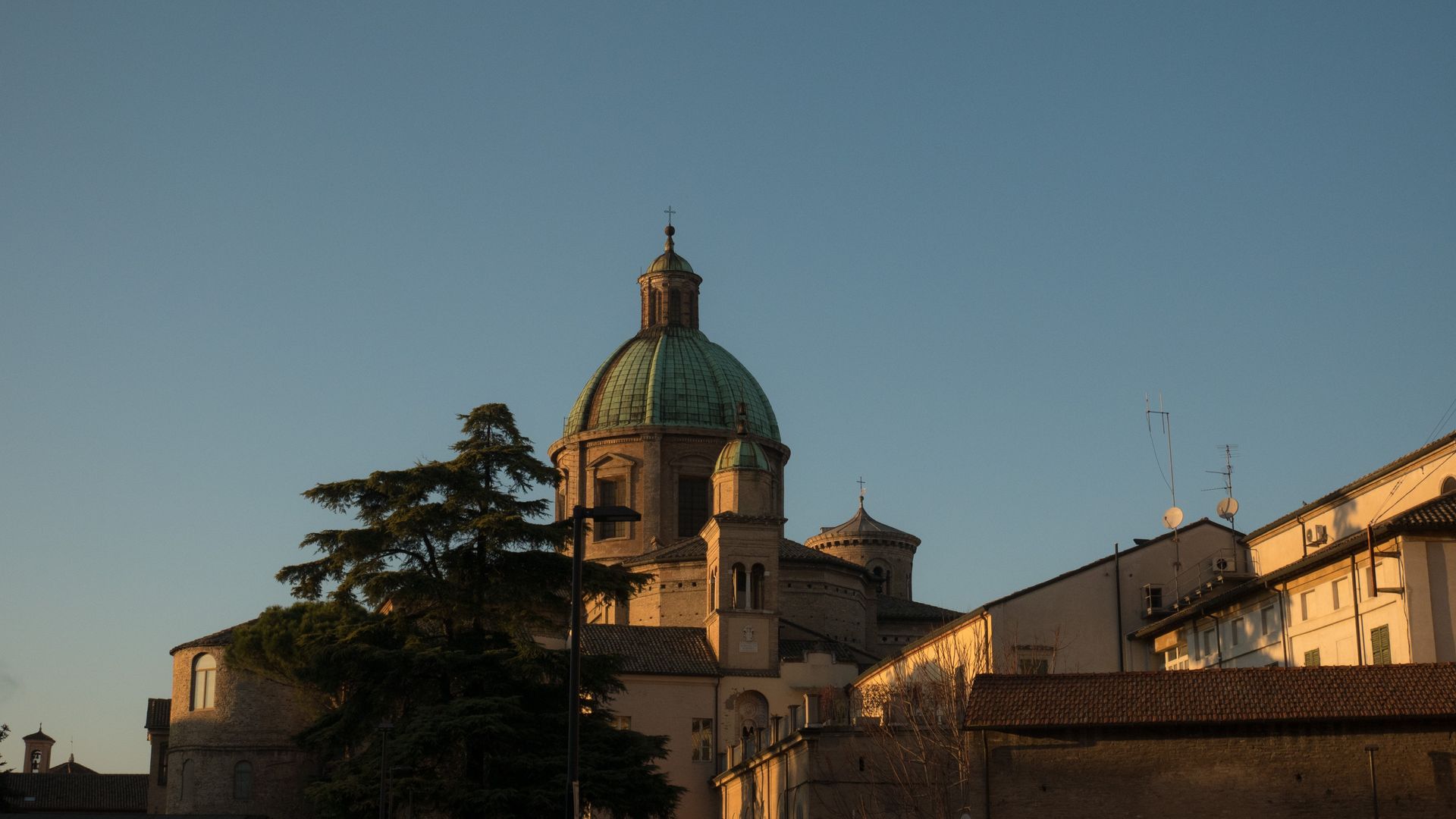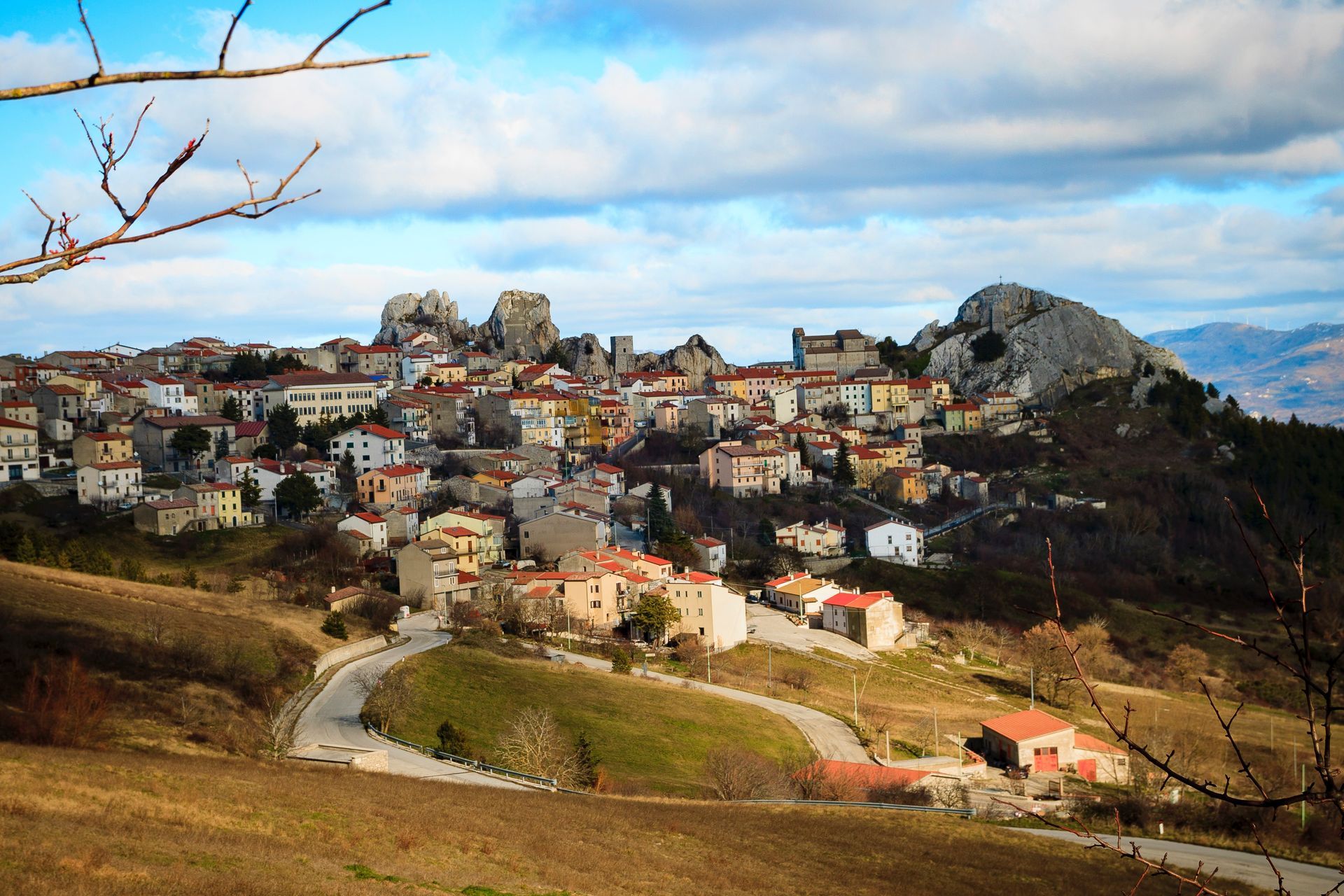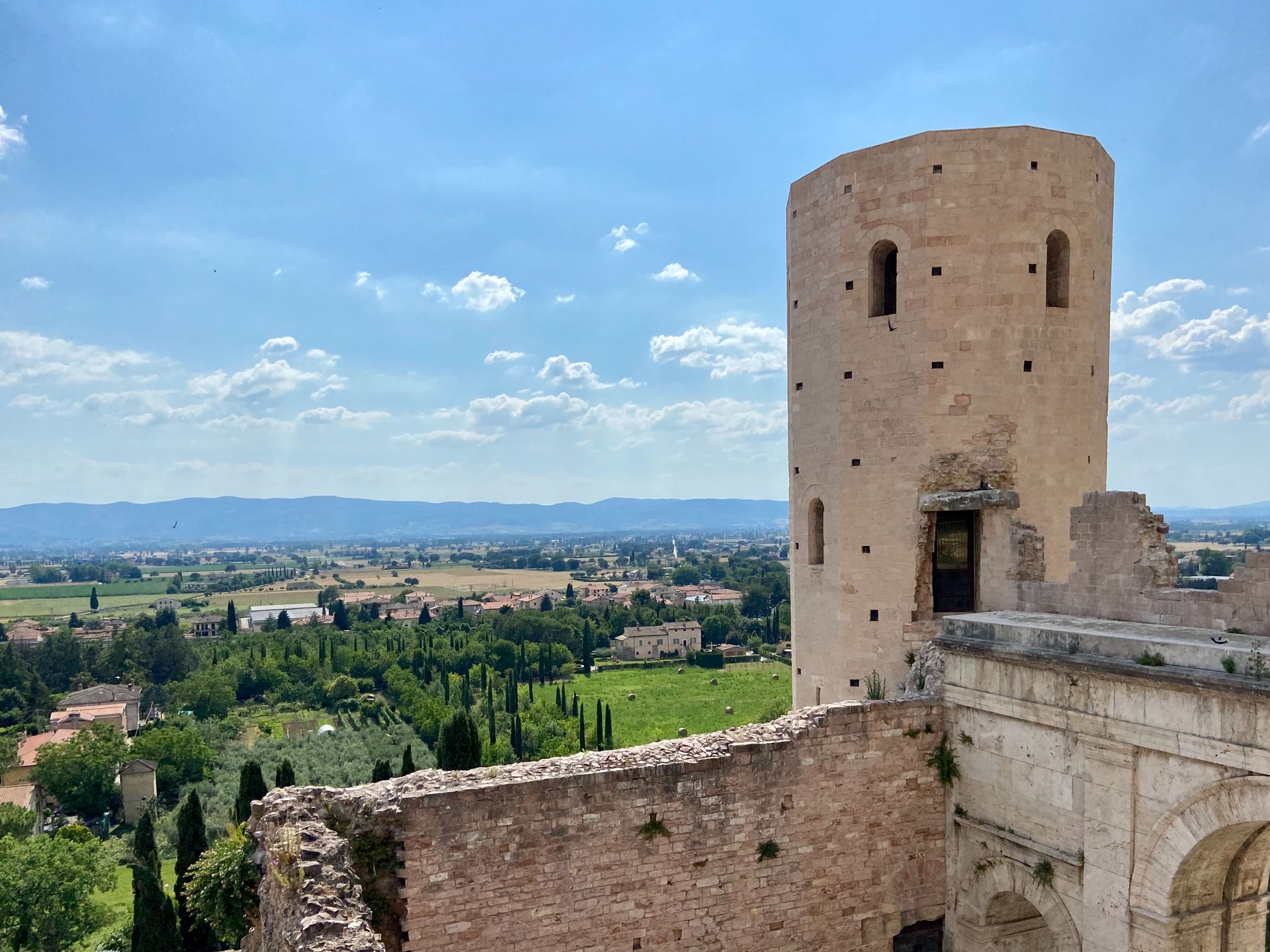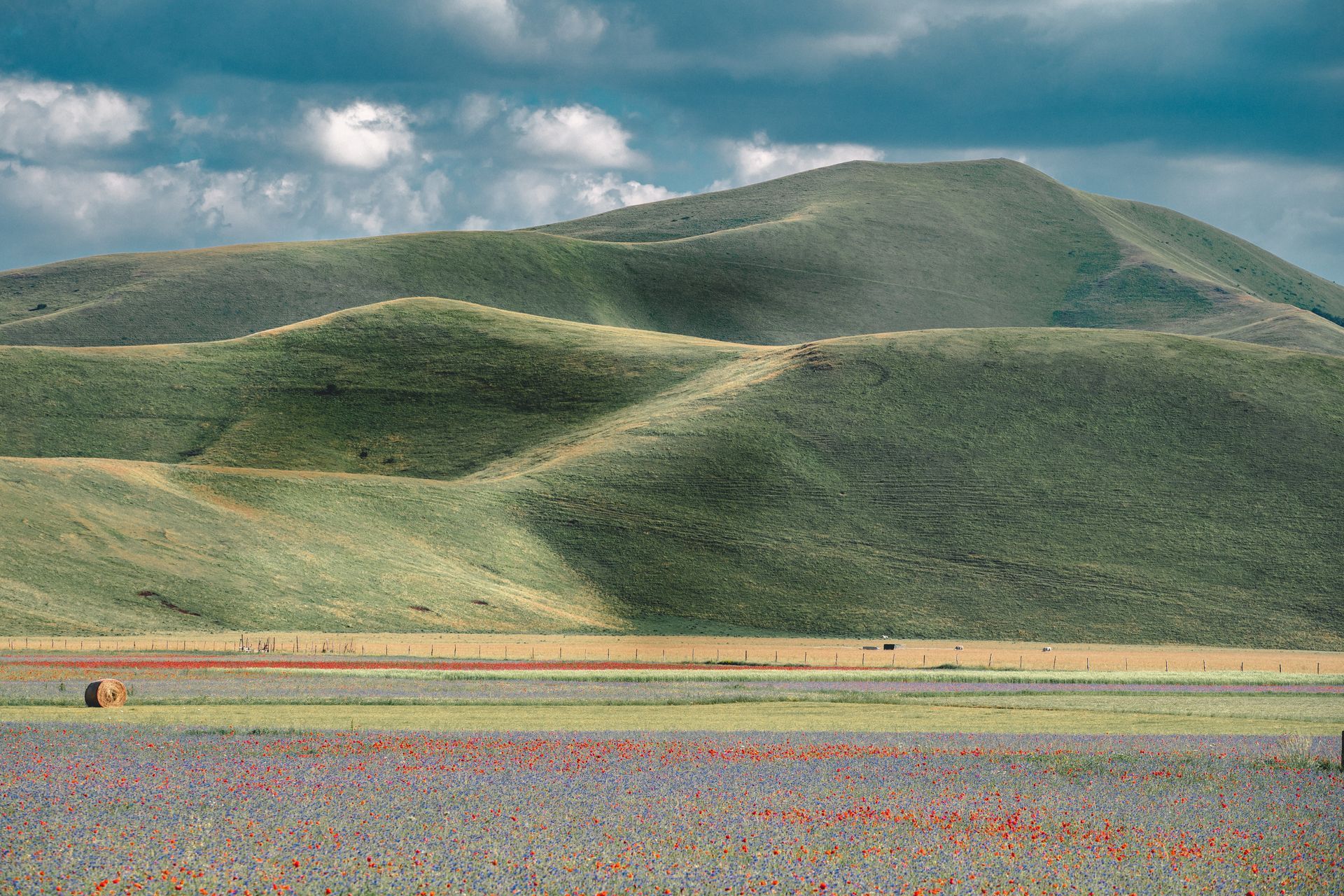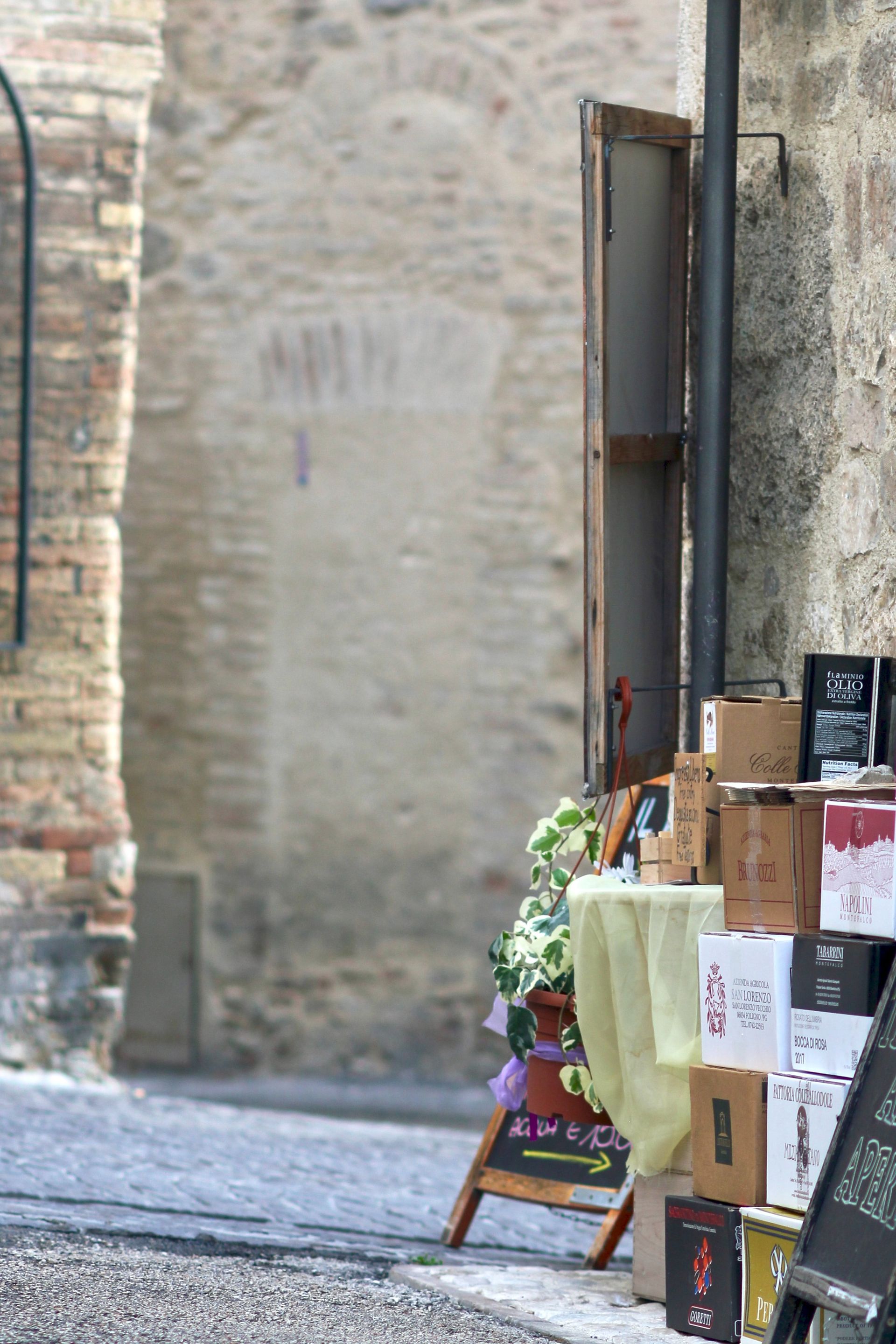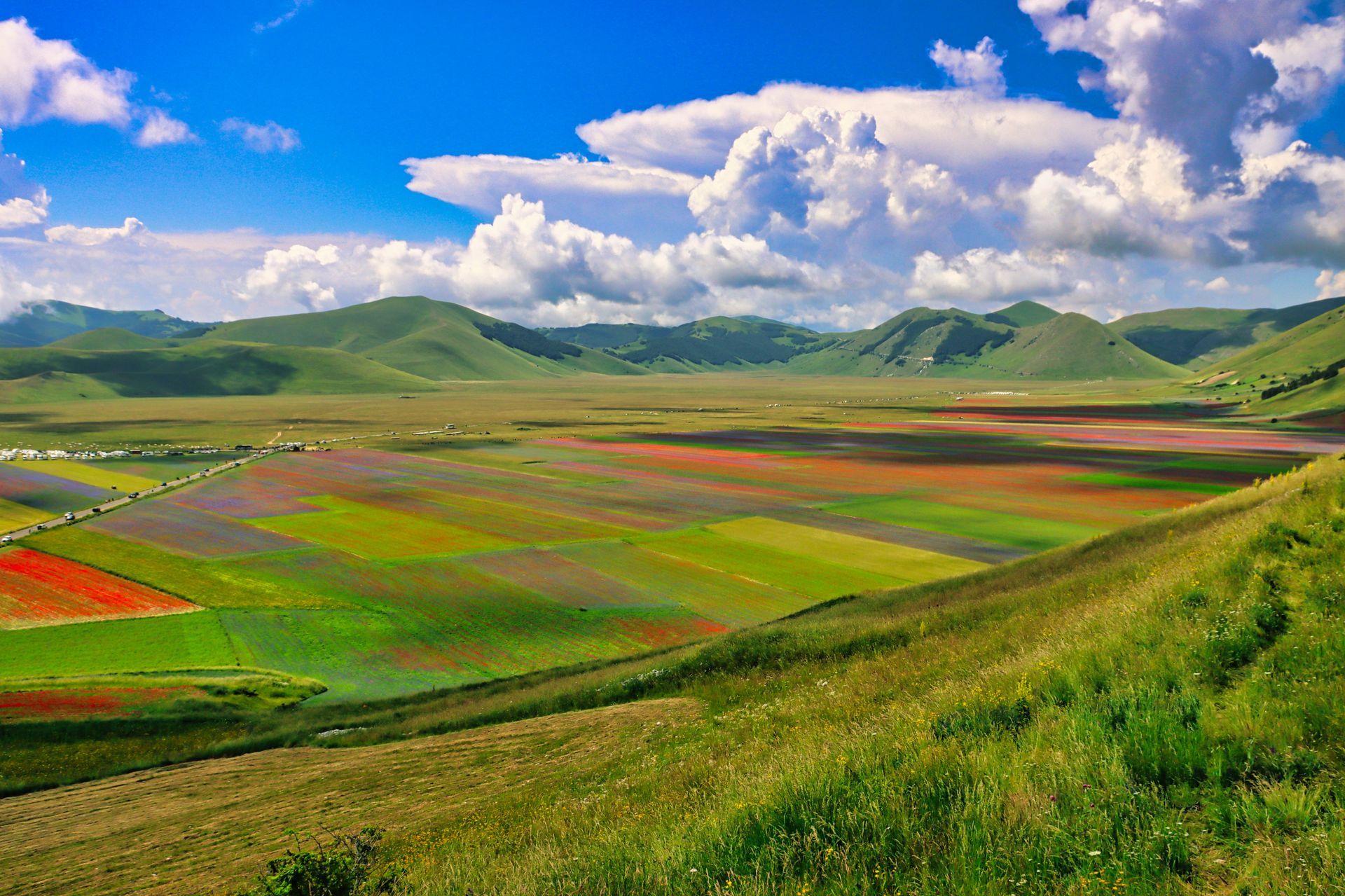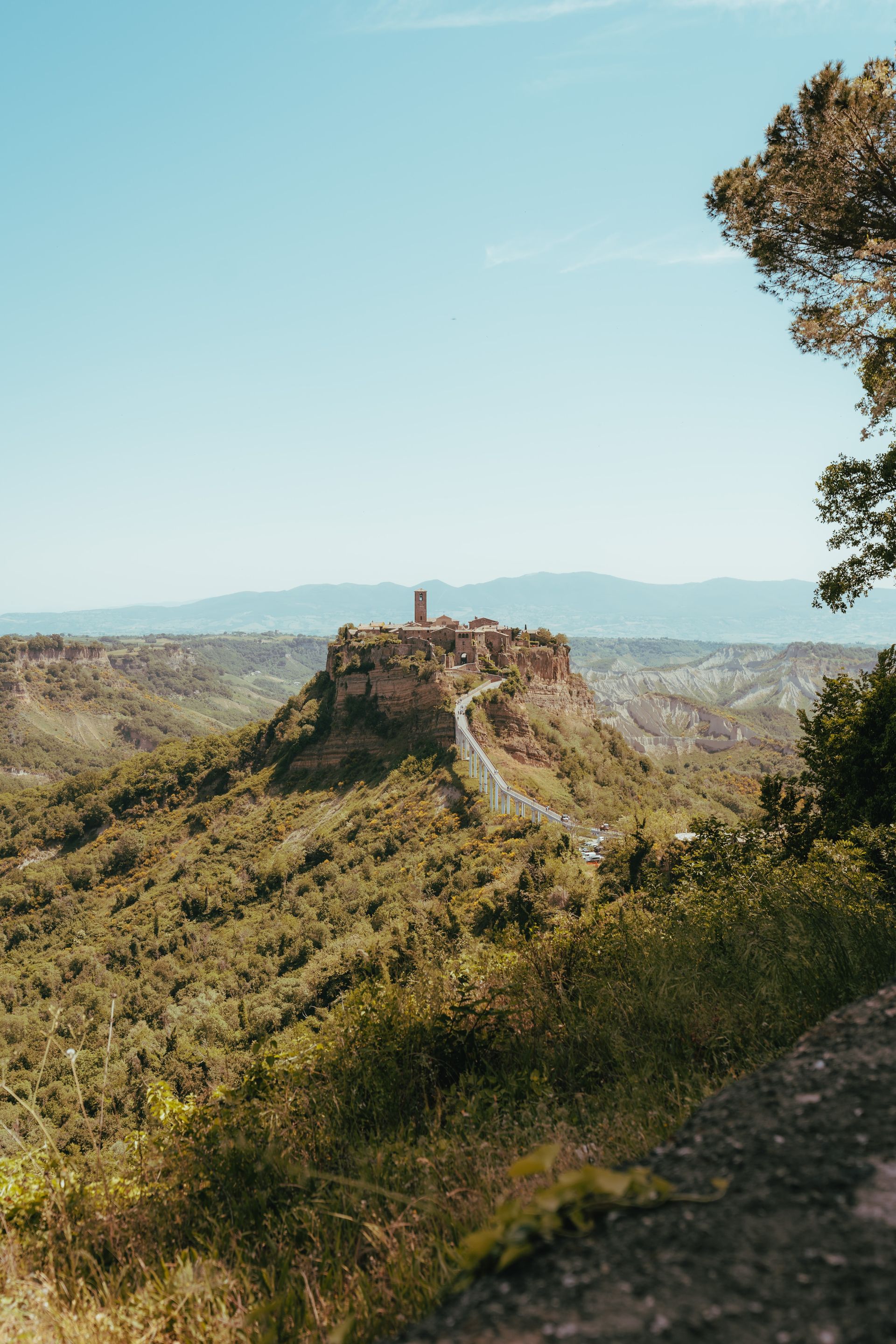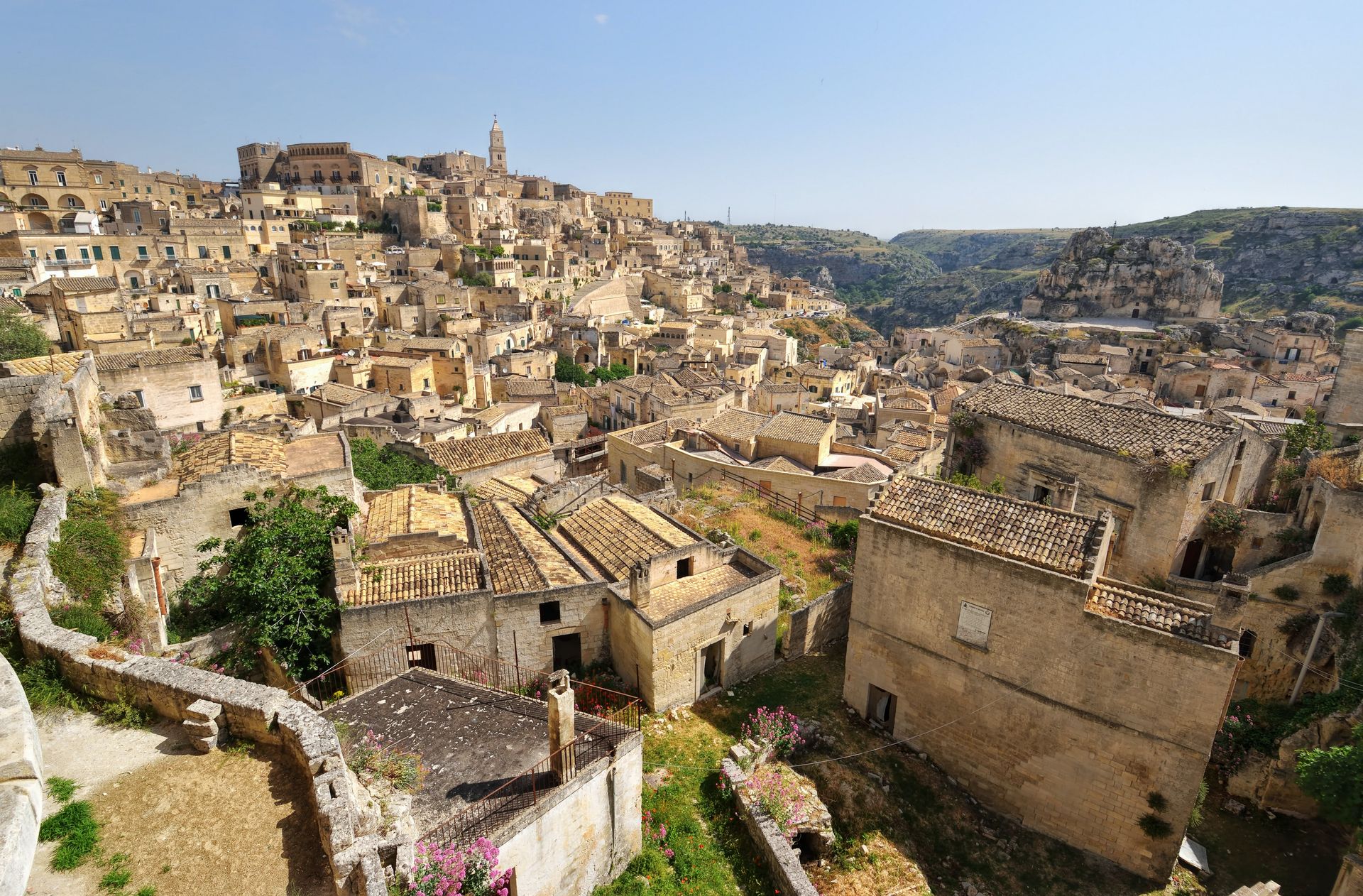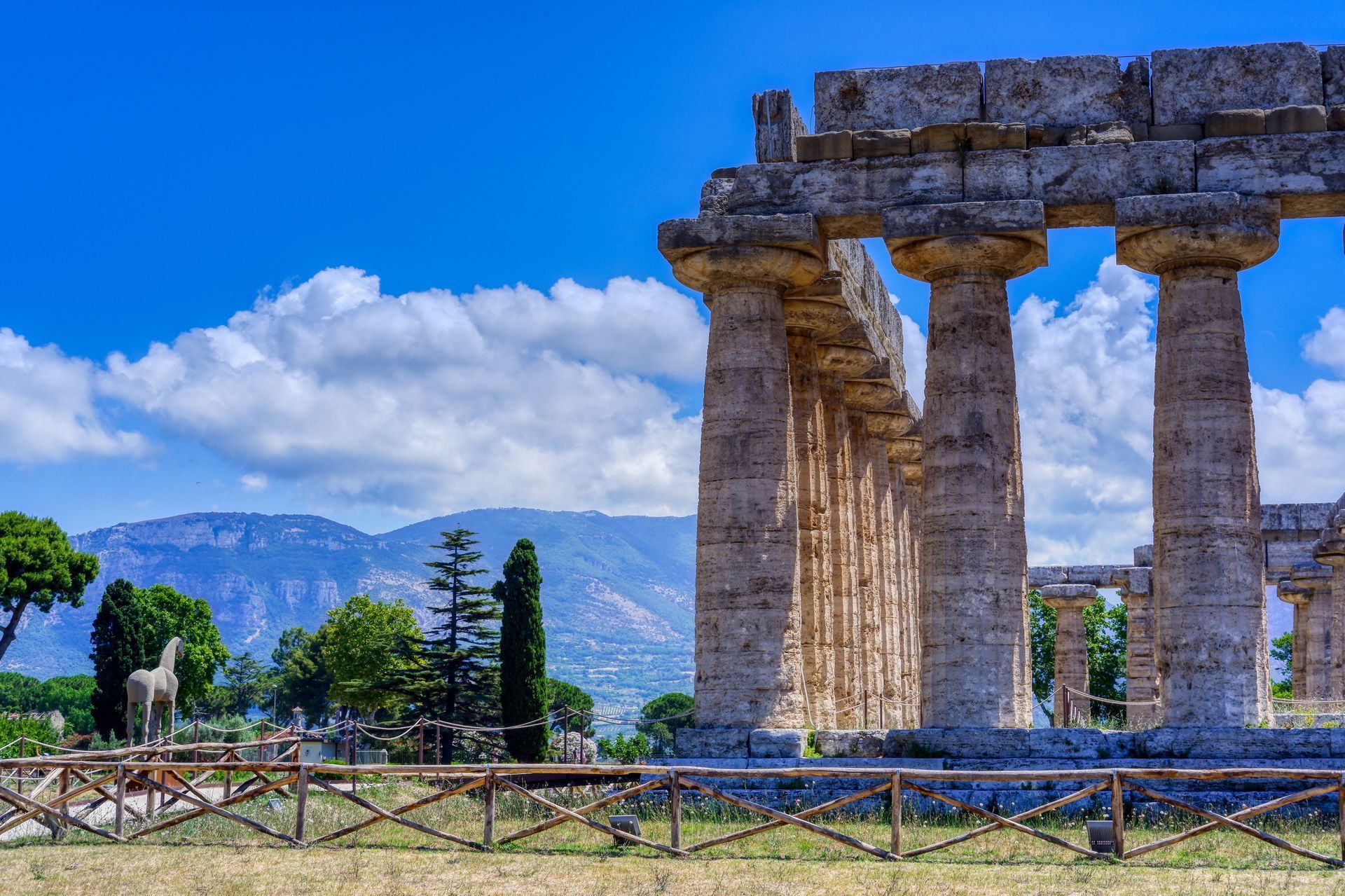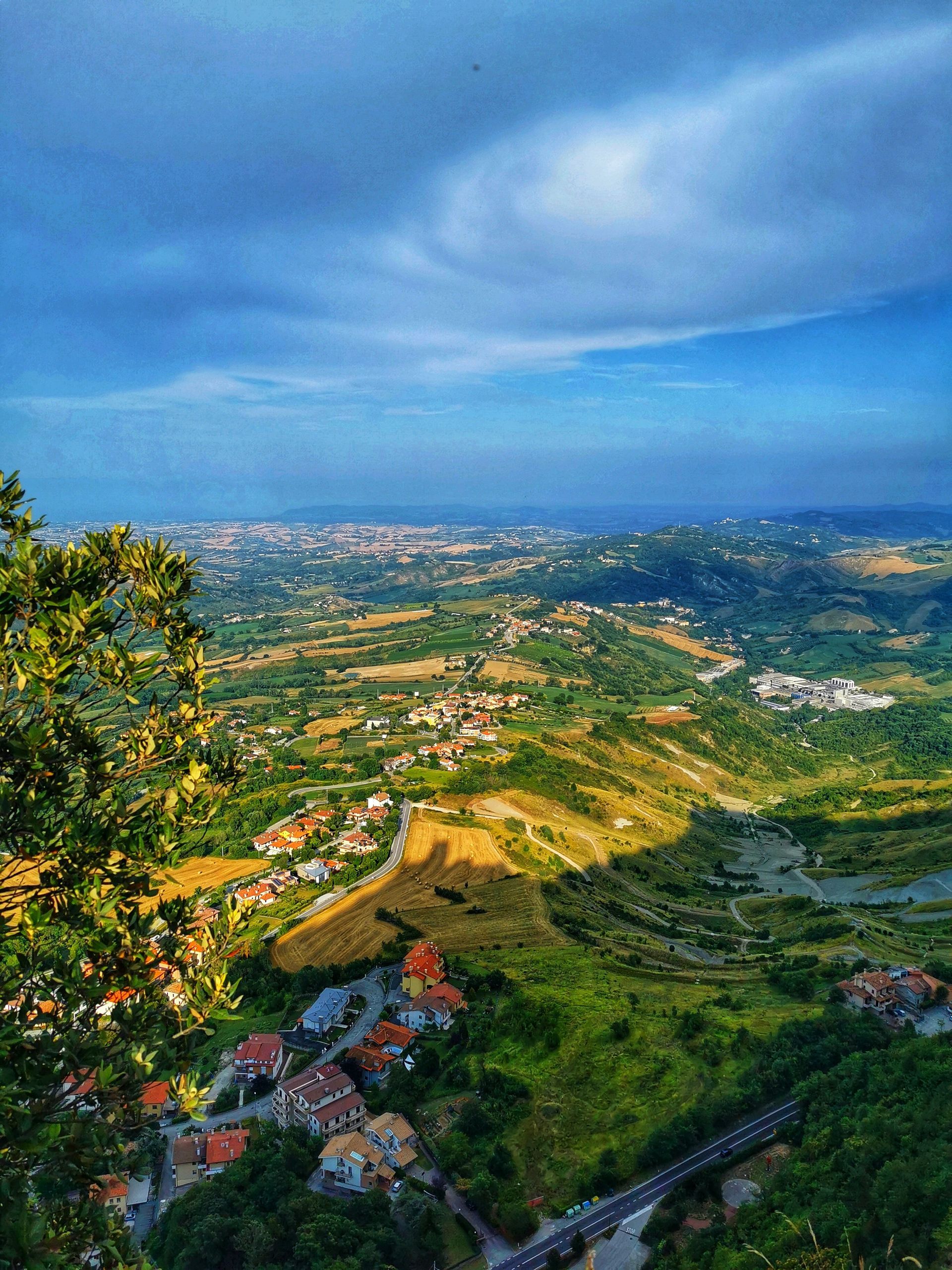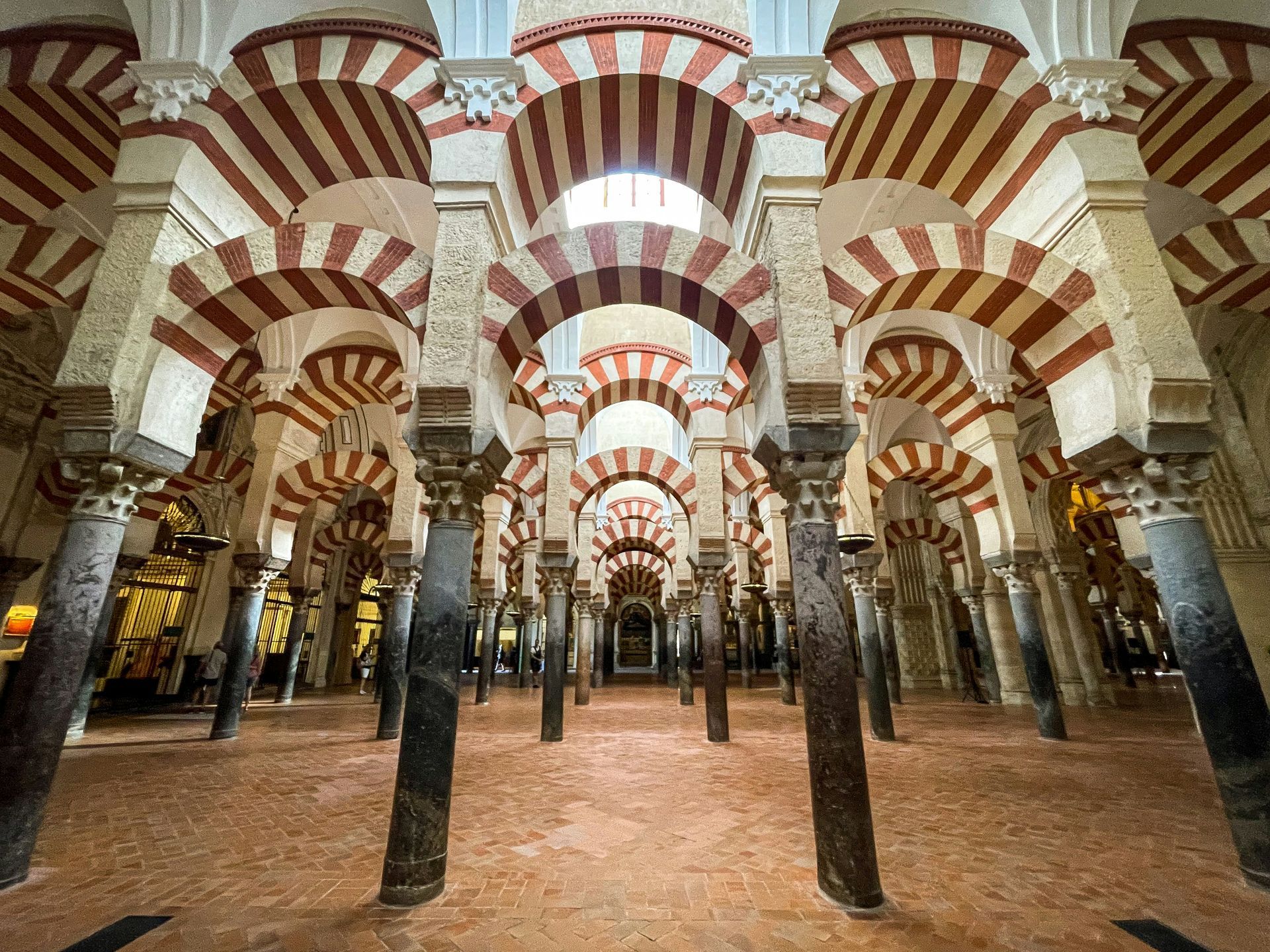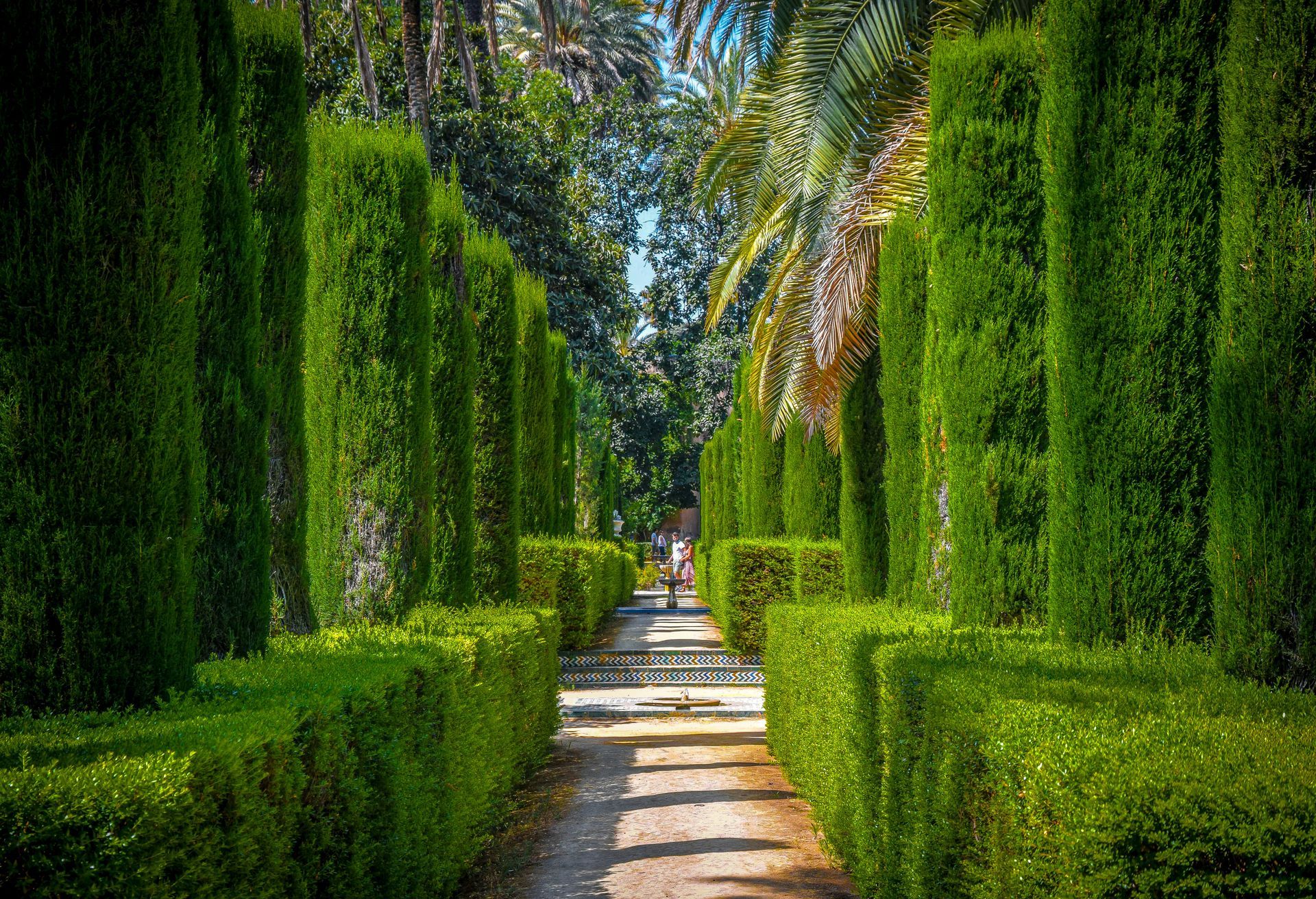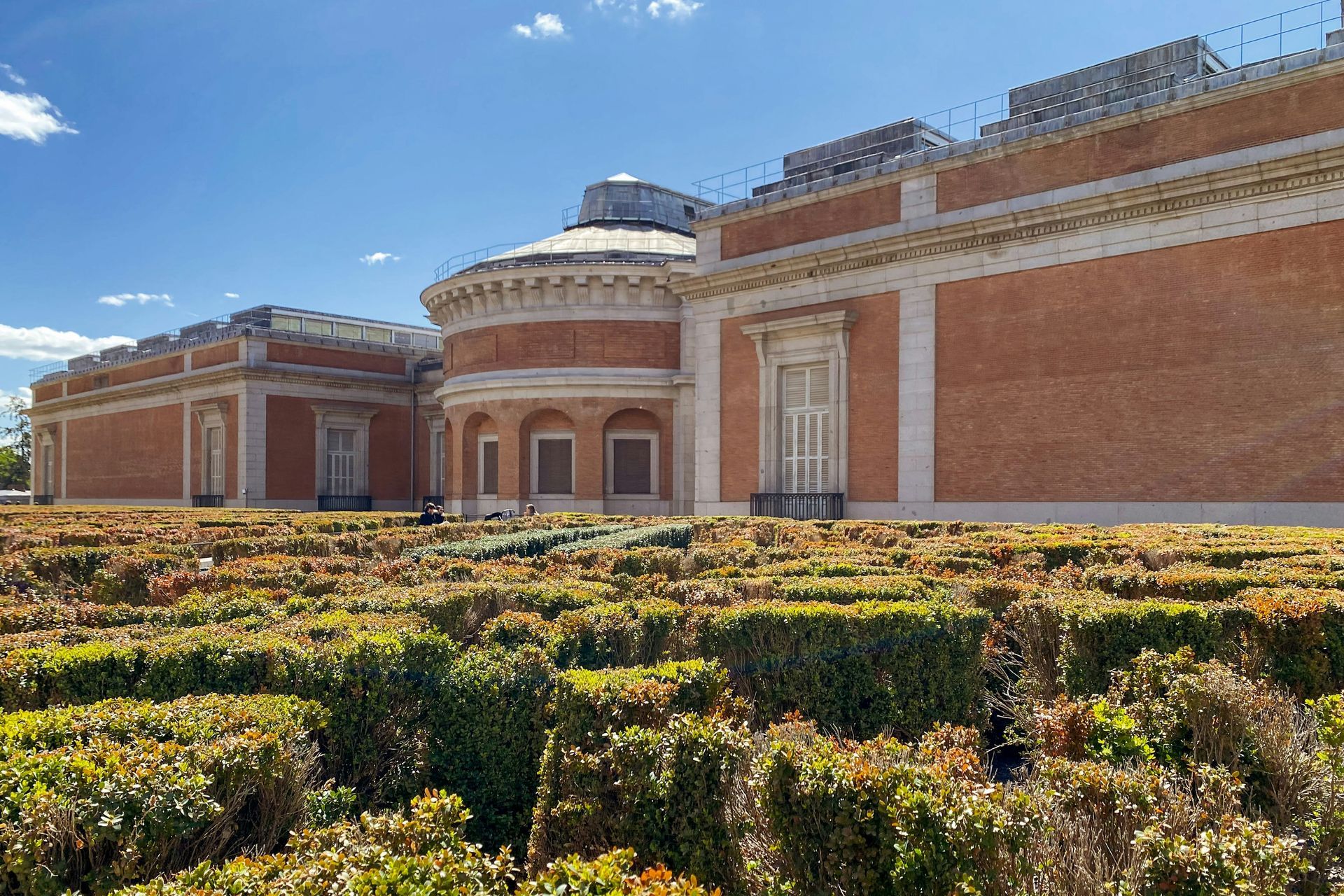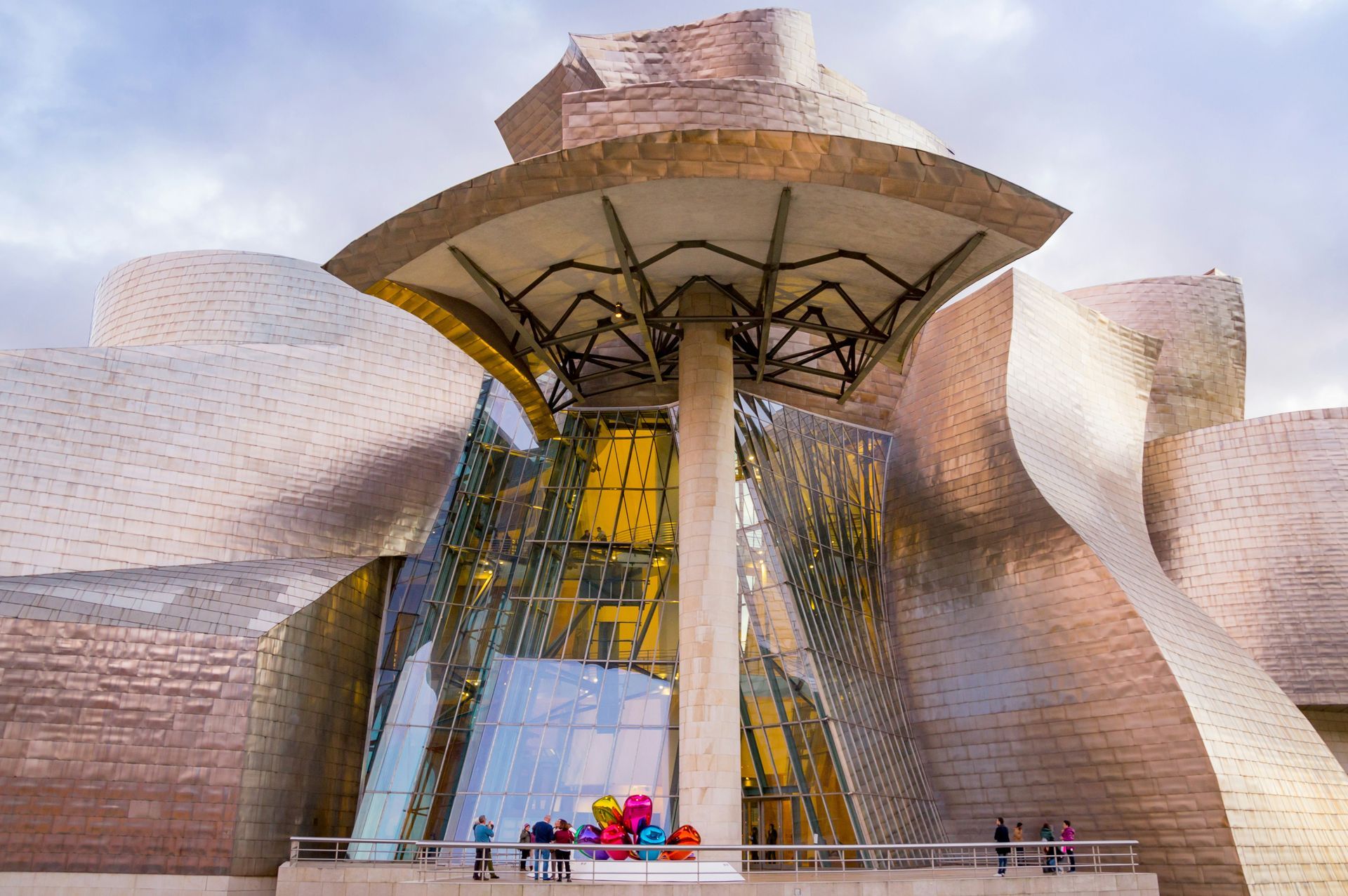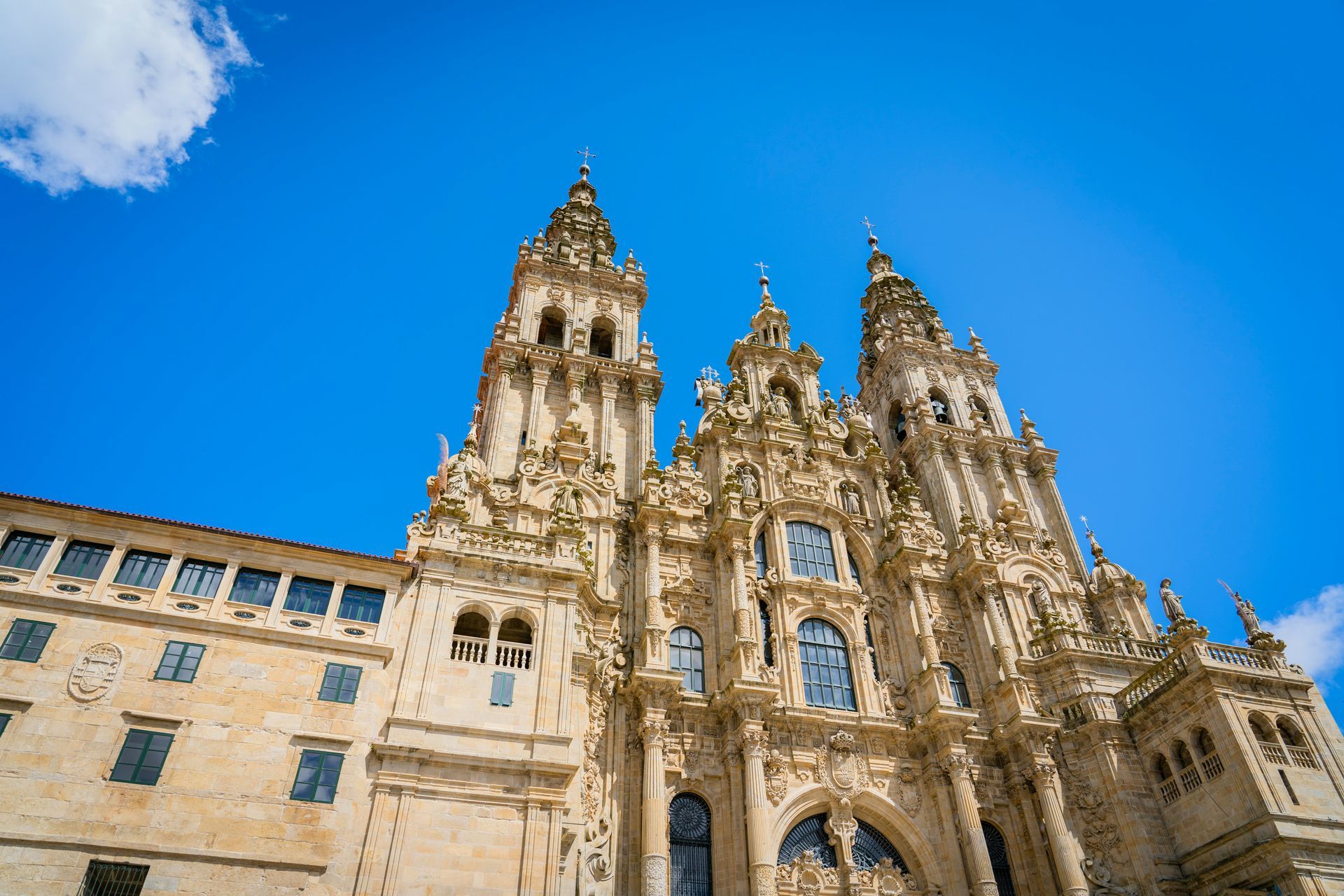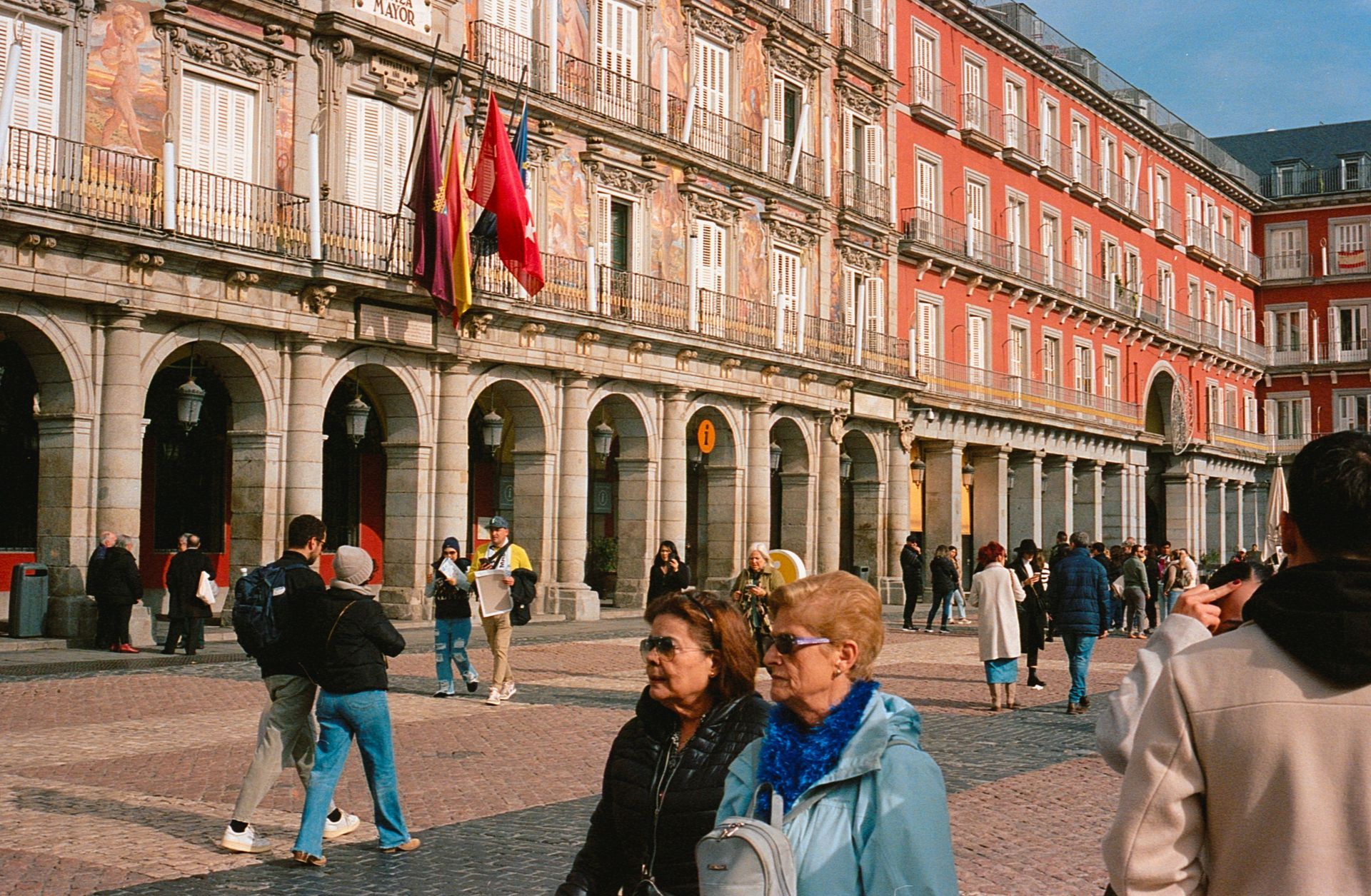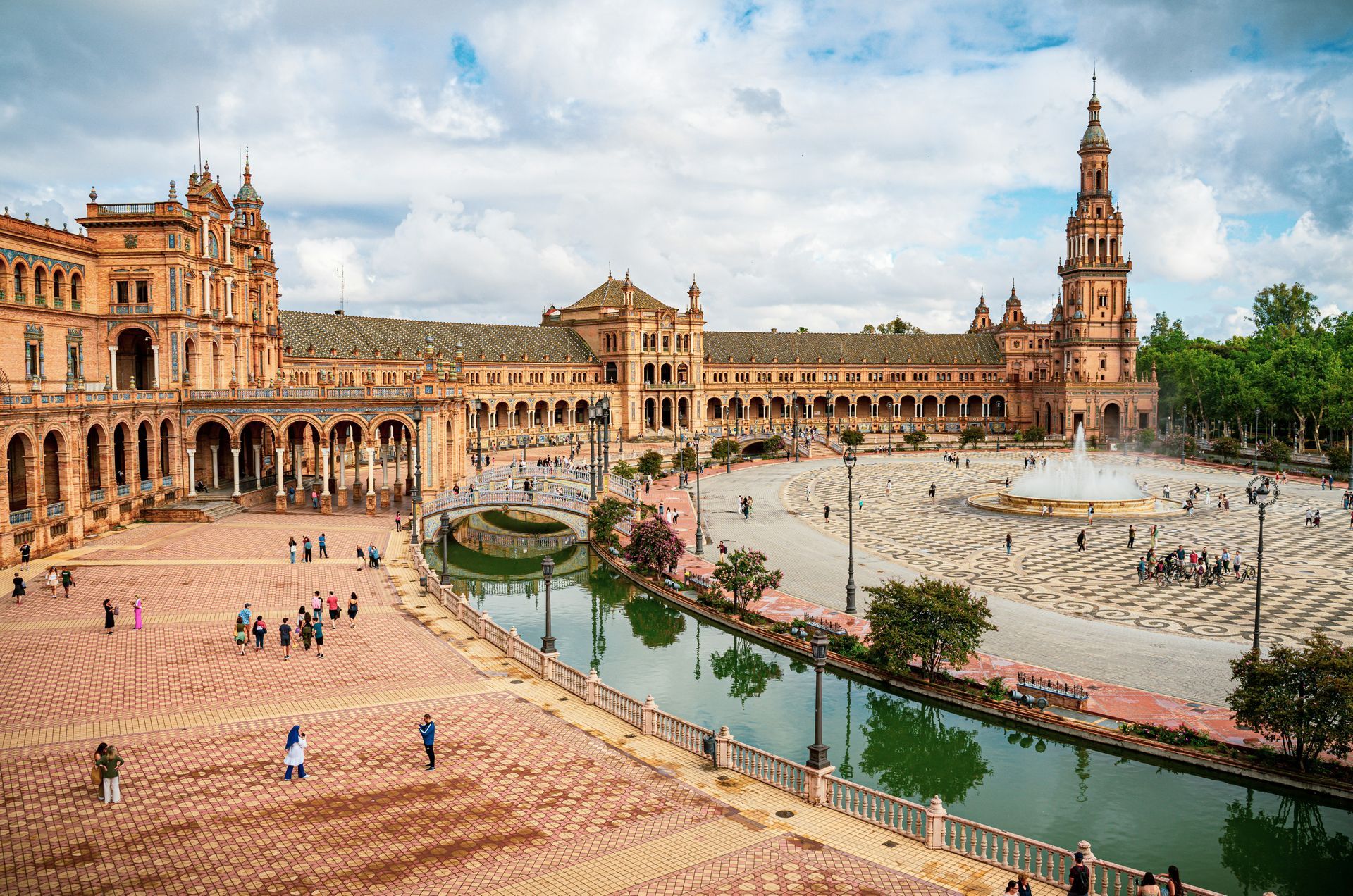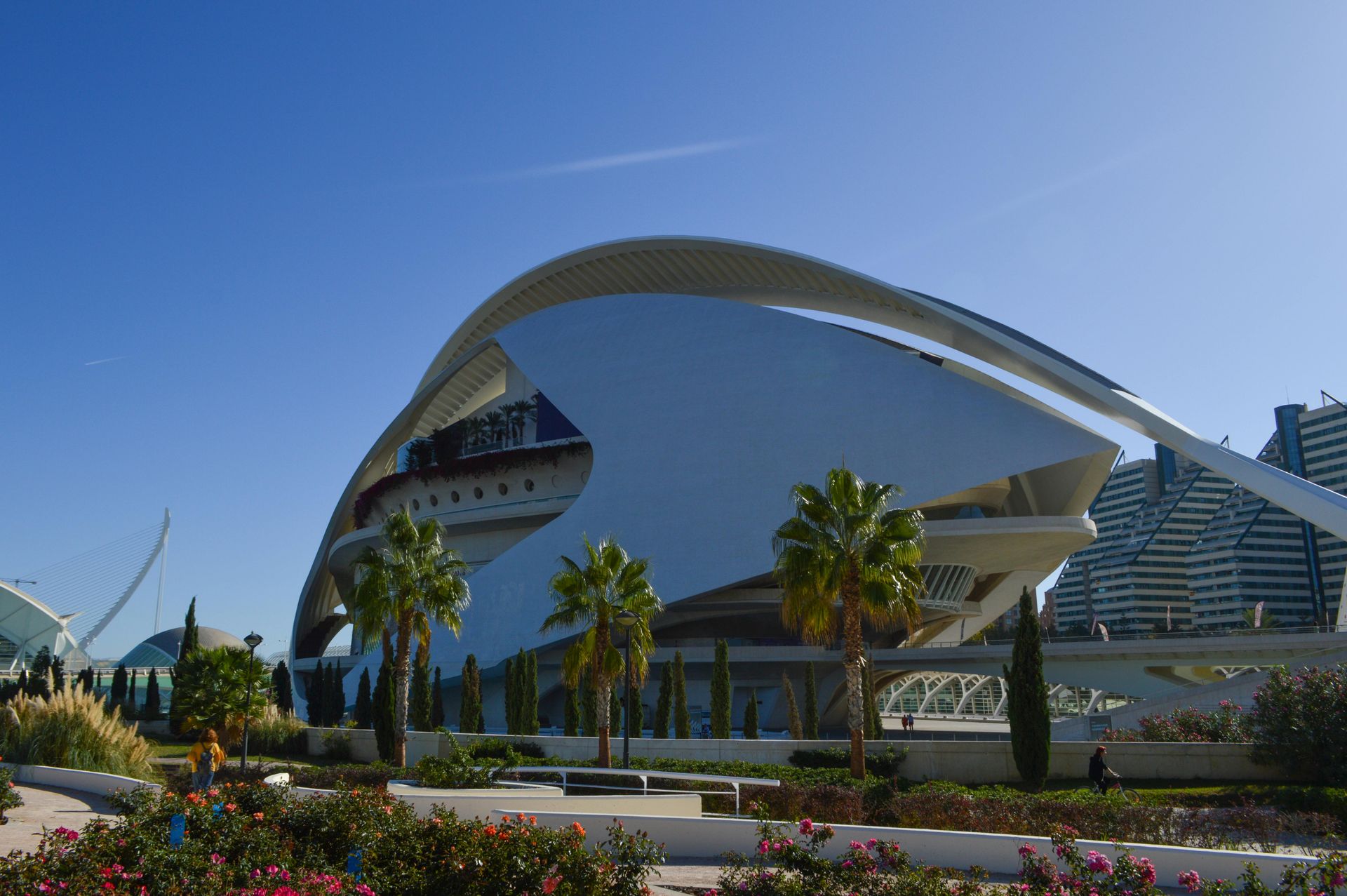Spreading Smile across the globe
Hidden Gems of Northern Italy
Hidden Gems of Italy are a testament to the country's diverse and enchanting beauty, often concealed from the traditional tourist routes. While Italy is celebrated for its iconic cities like Rome, Florence, Venice, and the Amalfi and Cinque Terre coasts, it's the lesser-known destinations that promise a unique journey. These unexplored regions offer travellers a chance to experience Italy's authentic culinary delights, rich historical narratives, and stunning natural landscapes. From the northern reaches to the southern shores, these Hidden Gems of Italy reveal a different facet of this remarkable nation.
Lake Orta - Piedmont
Hidden Gems of Italy come to life at Lake Orta, tucked away near the Swiss border in the heart of Piedmont. This hidden paradise often evades the spotlight compared to its more famous counterparts like Lake Como and Lake Garda. The historic town of Orta San Giulio, with its Baroque and Medieval architecture, cobbled streets, and idyllic Piazza Motta, enchants visitors. The glistening waters of the lake itself invite moments of serenity. What makes Lake Orta truly extraordinary is the mysterious island at its centre—a tranquil sanctuary inhabited by resident nuns.
Treviso - Veneto
Among the Hidden Gems of Italy, Treviso stands as a city in the Veneto region that retains its genuine northern Italian charm. Meandering through its narrow cobbled lanes, picturesque canals, and medieval city walls feels like a step back. Positioned on the fringes of the renowned Prosecco wine region, Treviso provides a delightful excuse for an aperitivo with a glass of Italy's renowned sparkling Prosecco.
Aosta Valley
Nestled among the bordering landscapes of Switzerland and France, the Aosta Valley showcases breathtaking alpine scenery, perched castles, and traditions that thrive throughout the year. When spring and summer arrive, the region's walking trails entice explorers. This season also brings lively festivals that celebrate folk traditions that date back to medieval times. Be sure to savour the local cheese Fontina, a culinary delight that embodies the spirit of this Hidden Gem of Italy.
Alba - Piedmont
Alba, a sought-after destination among Italy's hidden gems, is situated in the vineyards of the Langhe Hills. Once adorned with a hundred towers, Alba exudes a charming rural ambience. It's renowned for its autumn truffle festival, a gastronomic event that captures the essence of the region. Alba is also celebrated for its dark chocolate, hazelnut groves, white truffles, and prestigious wineries. It's from this very region that the sought-after Barolo wine originates.
Camogli - Liguria
Camogli, a typical and vibrant Italian seaside village on the Ligurian Riviera di Levante, perfectly embodies the spirit of the Hidden Gems of Italy. Towering, brightly painted houses dominate the town, and it has become a magnet for visitors seeking pristine beaches, Ligurian cuisine, the rustic fishing marina, Italian culture, and a tranquil natural setting. Camogli has earned its reputation for culinary excellence, focusing on fish and seafood, particularly anchovies and tuna, as well as the iconic pesto sauce made from basil and pine nuts.
Brescia - Lombardy
Hidden Gems of Italy often come alive through history, and Brescia is no exception. In this small city, history unfolds through a tapestry of architectural styles, spanning Roman, Medieval, Renaissance, Baroque, and even Art Deco. Walking through Brescia feels like a journey through time, and a visit to the captivating Piazza della Loggia, framed by a stunning Venetian-style palace at its heart, is a must for history enthusiasts.
Trieste
Trieste is a refreshingly unique destination, an Italian city positioned near the Slovenian border with its dialect that's a delightful blend of Austrian-German, Greek, Croatian, and Italian. Trieste's neoclassical waterfront is a sight to behold, with its marina brimming with stylish, glimmering yachts. The city's offerings include clear blue skies, expansive sandy beaches, city lidos, and the surrounding vineyards. Trieste is a Hidden Gem of Italy that belongs on every traveller's Northern Italian itinerary.
Modena - Emilia-Romagna
Modena is famed for its Hidden Gems of Italy, including balsamic vinegar, Luciano Pavarotti, the Romanesque cathedral, and the nearby Ferrari museum. Beyond these illustrious attractions, Modena reveals a treasure trove of remarkable restaurants. Massimo Bottura's Osteria Francescana has twice earned a place among the world's top 50 eateries, showcasing the culinary excellence of this Hidden Gem. While in Modena, don't miss the chance to savour local specialities like stuffed tortellini and sparkling Lambrusco wine, the perfect complement to your gastronomic journey.
Chiusa / Klausen - South Tyrol
Chiusa, also known as Klausen, is one of Italy's most picturesque villages. It is situated on the banks of the Isarco River in the South Tyrolean region near the Austrian border. Chestnut groves, green fields, vineyards, and farmsteads surround the town. In the village itself, visitors are captivated by narrow alleyways, coats of arms, large bay windows, crenellated facades, and the two main squares.
Ravenna - Emilia-Romagna
Ravenna offers a treasure trove of experiences among the Hidden Gems of Italy. This city is a feast for the senses, with its diverse offerings of food, music, art, culture, history, beaches, wine, and mosaics. Ravenna is home to eight UNESCO-listed sites, making it a must-visit for history and art enthusiasts. It's also known for its two-month-long music festival, Dante Alighieri's tomb, local culinary delights, nearby beach resorts, and the opportunity to explore pinewood forests. The city's fame is derived from its stunning mosaics, dating from the fifth and sixth centuries, scattered throughout the town.
In conclusion, Italy's Hidden Gems invite you to embark on a journey less travelled, where the rich tapestry of history, diverse cuisine, and breathtaking landscapes come to life. These lesser-known destinations provide an authentic Italian experience, away from the bustling crowds, revealing the nation's soul in its purest form. Explore these Hidden Gems to uncover Italy's hidden treasures.
Hidden Gems of Central Italy
Hidden Gems of Italy beckon the adventurous traveller to explore the lesser-known treasures that this remarkable country holds. From the picturesque valleys of Tuscany to the medieval charm of Umbria, the mysterious landscapes of Molise, and the architectural wonders of San Gimignano, these destinations promise unforgettable experiences.
Garfagnana - Tuscany
The Garfagnana region is a hidden gem in the beautiful Tuscan valley north of Lucca. It is crossed by the Serchio River, and the landscape is characterized by fertile greenery, rugged mountains, and charming villages. Outdoor activities such as hiking, walking, and mountain biking are enjoyed by many people in this area. Garfagnana is home to several one-of-a-kind attractions, including a ghost town, a wind cave, and the Devil's Bridge at Borgo a Mozzano.
Gubbio - Umbria
Umbria hides many treasures, and a particular favourite among Hidden Gems of Italy is the Medieval hilltop town of Gubbio. Gubbio, a city with a history dating back over 2,000 years, is a maze of cobbled streets and stone buildings that have been perfectly preserved. Visitors can take a cable car to the summit of Mount Ingino to enjoy panoramic views of the surrounding area. In addition, Gubbio hosts Italy's oldest event, the Corsa dei Ceri, in which teams race through the streets carrying massive wooden candles.
Molise
Molise is Italy's second-smallest region and one of its best-kept secrets. Hidden Gems of Italy are plentiful here. The picturesque town of Agnone is renowned for its artisanal bells, produced by the oldest family-run bell foundry in the world. Meanwhile, Campobasso, the regional capital, boasts a stunning medieval old town. Molise offers a captivating mix of historical charm and natural beauty, with rugged mountains, rolling hills, and pristine beaches along the Adriatic coast.
San Gimignano - Tuscany
Nestled in the heart of Tuscany, San Gimignano boasts medieval architecture and, of course, its famous towers. The town's historic centre is a UNESCO World Heritage site, known for its fourteen stone towers that once symbolised wealth and power. San Gimignano offers a glimpse into medieval Tuscany, with well-preserved streets and squares that transport visitors to another time. Besides the towers, make sure to explore the Collegiate Church and indulge in the local Vernaccia wine, a crisp white wine produced in the region.
Spello - Umbria
Another gem in the heart of Italy, Spello enchants visitors with its winding medieval streets and stunning floral displays. Known as the "Città Infiorata" or "flower town," Spello hosts the Infiorata festival, during which the streets are carpeted with intricate flower petal designs. This event occurs in early June and is a magnificent spectacle. Outside of the festival, Spello's charm continues with its well-preserved historic centre and beautiful churches.
Trulli of Alberobello - Apulia
Apulia, or Puglia, is famous for its unique trulli houses, and Alberobello is the epicentre of this architectural marvel. These whitewashed conical homes are a UNESCO World Heritage Site that offers a glimpse into the region's history. Visitors can even stay in trulli that have been converted into accommodations, providing a truly immersive experience.
Norcia - Umbria
Nestled in the Sibillini Mountains, Norcia is renowned for its gastronomy. This charming town produces exceptional cured meats, particularly prosciutto and salami. For food enthusiasts, Norcia is a true Hidden Gem of Italy. Explore local shops, taste the region's specialities, and visit the beautiful town square. Nature enthusiasts will also find hiking trails and natural beauty in the nearby Monti Sibillini National Park.
Montefalco - Umbria
Montefalco is often called the "Balcony of Umbria" for its stunning views over the surrounding valley. This charming town is also known for its wine, particularly Sagrantino, one of Italy's most robust red wines. Montefalco's medieval centre is picturesque and hosts several churches with remarkable frescoes, making it a cultural and gastronomic gem.
Castelluccio di Norcia - Umbria
High in the Sibillini Mountains, Castelluccio di Norcia is a quaint village known for its stunning wildflower blooms in late spring and early summer. The surrounding plateau becomes a colourful tapestry, attracting photographers and nature enthusiasts. Besides the flowers, visitors can enjoy hiking and take in the breathtaking scenery. Hidden Gems of Italy like Castelluccio di Norcia provide a unique connection to nature and the changing seasons.
In the heart of Italy, a treasury of Hidden Gems awaits the intrepid traveller. From the mysterious ghost town of Garfagnana to the ancient charms of Gubbio, the enchanting landscapes of Molise, and the medieval splendours of San Gimignano, these lesser-known destinations reveal Italy's diverse beauty and rich history. Journey through the tranquil streets of Spello, marvel at the unique trulli houses in Alberobello, savour the culinary delights of Norcia, and bask in the vibrant blooms of Castelluccio di Norcia. These Hidden Gems of Italy promise an unforgettable adventure in a land of timeless wonder.
Hidden Gems of Southern Italy
Italy, a land of rich history, captivating art, and exquisite cuisine, is known for its iconic cities and world-famous landmarks. Despite the tourist-filled streets and crowded piazzas, the country holds many hidden gems—lesser-known destinations that offer a more intimate and authentic experience. These places, tucked away in various corners of Italy, are a testament to the nation's diverse and enchanting beauty, waiting to be explored by the discerning traveller. From medieval towns perched atop hills to charming coastal villages and ancient archaeological sites, the Hidden Gems of Italy promise unique adventures and unforgettable memories.
Civita di Bagnoregio - Lazio
Civita di Bagnoregio is often called the "Dying Town" because of its gradual erosion over the centuries. This medieval village is perched on a hilltop and can only be reached by a long footbridge. It's a unique destination, seemingly suspended in time, and is the perfect Hidden Gem for history buffs and photographers.
Matera - Basilicata
Matera, known for its cave dwellings, is one of Italy's most intriguing and unique destinations. The Sassi di Matera, a historic cave settlement, is a UNESCO World Heritage Site. Matera is gaining popularity but still qualifies as one of the Hidden Gems of Italy. Touring this labyrinth of stone-carved rooms and narrow streets offers an incredible historical journey.
Sperlonga - Lazio
Sperlonga is a charming coastal town characterized by its pristine beaches, winding alleys, and picturesque piazzas. Nestled between Rome and Naples, Sperlonga is often overlooked by travellers. A visit here reveals a relaxed and authentic Italian atmosphere, perfect for strolls and seaside relaxation. Take advantage of the Grotto of Tiberius, a cave once used as the emperor's villa and now a museum.
Paestum - Campania
The ancient ruins of Paestum, originally a Greek colony known as Poseidonia, provide an extraordinary window into Italy's history. The temples are exceptionally well-preserved, ranking among the best-preserved in the world. Paestum is also home to a fascinating archaeological museum that displays artefacts from the site. Enjoy a step back in time amid the Hidden Gems of Italy.
Castro - Apulia
Castro, a picturesque coastal town, boasts a historic centre perched on a rocky outcrop. Visitors can explore ancient churches, fortifications, and a charming harbour. Castro also has sea caves that can be explored by boat. The region's cuisine is a seafood lover's paradise, making this town a Hidden Gem for food enthusiasts as well.
Scilla - Calabria
Scilla, an idyllic coastal village in Calabria, offers stunning sea views and hidden beaches. The town is known for the Ruffo Castle, which dominates the landscape, and the legendary sea monster Scylla from Greek mythology. The charming village is a serene and lesser-known alternative to some of the more crowded Italian seaside destinations.
San Marino
San Marino is a microstate surrounded by Italy and is one of the world's oldest republics. It's a destination that's often missed, making it a true Hidden Gem. San Marino boasts dramatic mountaintop views, historic architecture, and unique attractions like the Guaita Tower and the Palazzo Pubblico. For collectors, the country is also known for its beautiful stamps and coins.
Conclusion
Discovering the Allure of Hidden Gems of Italy
Hidden Gems of Italy offers travellers an authentic experience, far removed from the tourist-packed cities and famous landmarks. These lesser-known destinations unravel the genuine charm, culture, history, and culinary wonders that make Italy an endlessly fascinating country to explore. From the mountains of the North to the coasts of the South, each region holds its treasures, waiting to be discovered by those who venture off the beaten path. By exploring the Hidden Gems of Italy, you can craft a unique and unforgettable journey that deepens your appreciation of this incredible country. Plan your trip carefully, and you will be rewarded with the beauty, history, and flavours that characterize these enchanting places.
What is the big attraction in Spain?
What is the big attraction in Spain? The answer unfolds in a captivating array of top destinations that showcase the country's unparalleled beauty and cultural richness. The mesmerizing architecture of Antoni Gaudí, particularly the iconic Sagrada Familia and Park Güell in Barcelona, stands as a testament to Spain's artistic allure.
Venture to the Alhambra in Granada, where Islamic and Christian influences converge in a palace of intricate design and historical significance. Madrid's Prado Museum, housing masterpieces by Velázquez, Goya, and El Greco, is a treasure trove for art enthusiasts.
Seville's majestic Alcazar, a stunning blend of Mudejar, Gothic, Renaissance, and Baroque architecture, leaves an indelible mark on all who visit. The timeless charm of the historic city of Toledo, a UNESCO World Heritage Site, with its medieval streets and monuments, further enriches Spain's cultural tapestry.
And what's more alluring than the sun-kissed beaches of Costa del Sol or the lively atmosphere of La Rambla in Barcelona? The running of the bulls in Pamplona and the vibrant festivals across the country add a dynamic cultural dimension.
What is the big attraction in Spain? Ultimately, the big attraction in Spain is the seamless fusion of historical grandeur, artistic brilliance, and diverse landscapes that promise an enriching and unforgettable experience for every traveler.
The Alhambra, Granada
What is the big attraction in Spain? Look no further than the spellbinding Alhambra in Granada. This iconic palace-fortress, nestled against the backdrop of the Sierra Nevada, is a testament to Moorish artistry and architectural brilliance. The Alhambra enchants visitors with its intricate stucco work, delicate tile mosaics, and serene courtyards like the famed Court of the Lions.
Wandering through the Nasrid Palaces, one feels transported to a bygone era of Islamic rule in Spain. The Generalife Gardens, with their fountains, lush greenery, and panoramic views, add a layer of natural beauty to this historical marvel. As the sun sets over Granada, casting a warm glow on the Alhambra's towers, the allure of this big attraction becomes even more palpable.
The Alhambra is not merely a destination; it's a journey through the rich history of Spain, where the echoes of the past reverberate in every archway and garden, making it an essential experience for anyone seeking to unravel the cultural tapestry of this extraordinary country.
Barcelona's Sagrada Familia
What is the big attraction in Spain? The answer unfolds in the breathtaking architecture of Barcelona's Sagrada Familia. This awe-inspiring basilica, envisioned by Antoni Gaudí, stands as a testament to Spain's artistic brilliance and spiritual grandeur. The Sagrada Familia's towering spires and intricate façades depict a symbiosis of nature, religion, and modernist innovation.
As sunlight filters through its stained glass windows, casting a kaleidoscope of colors upon the interior, visitors are immersed in a transcendent experience. Gaudí's vision, still evolving as construction continues, reflects a profound dedication to detail and a harmonious blend of Gothic and Art Nouveau influences.
The Sagrada Familia is not merely a structure; it's a journey through time and imagination. Each sculpted element and architectural nuance tells a story, inviting travelers to explore the intersection of faith and creativity. Barcelona's Sagrada Familia is undeniably the big attraction in Spain, a living masterpiece that captures the essence of the country's cultural and artistic legacy.
The Great Mosque of Córdoba (La Mezquita)
What is the big attraction in Spain? It's the mesmerizing allure of the Great Mosque of Córdoba, or La Mezquita, an architectural marvel that weaves together centuries of history and cultural influences. Walking through its horseshoe arches and intricate columns, one is transported to a time when Córdoba was the flourishing capital of Islamic Spain.
The juxtaposition of the original mosque with the later-added Christian cathedral creates a unique synthesis of Islamic and Christian architectural styles. The breathtaking Mihrab, with its ornate detailing, and the vast prayer hall underscore the grandeur of Moorish architecture.
Surrounded by the serene Patio de los Naranjos and its citrus trees, La Mezquita is not just a building; it's a testament to Spain's multicultural past. Its significance lies not only in its architectural brilliance but in the layers of history it holds, making it an essential exploration for anyone seeking to unravel the diverse tapestry of Spain's heritage.
Seville’s Alcázar
What is the big attraction in Spain? Look no further than Seville's Alcázar, a magnificent palace that encapsulates the country's rich history and cultural fusion. Nestled in the heart of the city, the Alcázar stands as a testament to centuries of Moorish, Gothic, Renaissance, and Mudejar influences.
Exploring its opulent rooms, ornate courtyards, and lush gardens is like stepping into a living chronicle of Spanish royalty. The intricate tilework of the Patio de las Doncellas and the exquisite detailing of the Sala de los Reyes showcase the pinnacle of Mudejar craftsmanship.
The Alcázar's connection to Spain's past is further enhanced by its juxtaposition with the nearby Seville Cathedral, creating a captivating ensemble of architectural splendor. As sunlight filters through the palm trees in the Patio de las Muñecas, the Alcázar's allure becomes palpable, making it an undeniable big attraction that encapsulates the essence of Spain's historical grandeur.
The Prado and Paseo del Artes, Madrid
What is the big attraction in Spain? It's the cultural treasure trove of Madrid's Prado Museum and the scenic beauty of Paseo del Arte. The Prado stands as an artistic haven, housing an unparalleled collection of European masterpieces from artists like Velázquez, Goya, and El Greco. As you wander through its halls, each canvas tells a story, offering a profound journey through Spanish history and artistic evolution.
Adjacent to the Prado is the Paseo del Arte, a boulevard connecting major art institutions like the Reina Sofía and the Thyssen-Bornemisza museums. This cultural corridor invites visitors to stroll through the city's artistic soul, blending historic and contemporary art seamlessly.
The big attraction lies not just in the individual masterpieces but in the collective narrative woven by these institutions. Madrid's Prado and Paseo del Arte embody Spain's commitment to preserving and celebrating its rich artistic heritage, offering an immersive experience that transcends time and captivates the heart and mind.
San Lorenzo de El Escorial
What is the big attraction in Spain? The answer echoes in the grandeur of San Lorenzo de El Escorial. Nestled against the backdrop of the Guadarrama Mountains, this royal site is an architectural marvel that encapsulates Spain's historical and cultural essence. The imposing El Escorial monastery, built in the 16th century, combines Renaissance and Gothic influences, housing a vast library, basilica, and the regal Pantheon of the Kings.
The Big Attraction extends beyond the monastery, as the site also features the grandiose Royal Palace of La Granja de San Ildefonso and the Casita del Príncipe, adding layers to Spain's regal legacy. Surrounded by impeccably manicured gardens, the ensemble reflects the grand vision of King Philip II.
San Lorenzo de El Escorial is not merely a destination; it's a testament to Spain's imperial past and cultural richness. Exploring its halls and gardens, one witnesses the amalgamation of art, history, and nature, making it an essential stop for those seeking to unravel Spain's multifaceted allure.
Guggenheim Museum, Bilbao
What is the big attraction in Spain? It's the groundbreaking architecture and contemporary art fusion of the Guggenheim Museum in Bilbao. This avant-garde masterpiece, designed by Frank Gehry, transcends traditional museum structures, its titanium-clad curves reflecting the industrial and maritime history of the city.
Wandering through the Guggenheim is a sensory journey, with each gallery housing cutting-edge exhibits and innovative installations. The iconic Puppy, a floral sculpture at the entrance, and Jeff Koons' towering floral Puppy captivate visitors before they even step inside.
The big attraction here isn't just the collection but the transformative power of architecture to redefine a city's identity. The Guggenheim is a cultural beacon, drawing art enthusiasts and architectural aficionados alike. It symbolizes Spain's embrace of contemporary creativity, cementing Bilbao's status as a global cultural hub and ensuring the Guggenheim's place among the most iconic attractions in the country.
Santiago de Compostela Cathedral
What is the big attraction in Spain? It's the spiritual and architectural magnificence of Santiago de Compostela Cathedral. Nestled in the heart of Galicia, this sacred pilgrimage site marks the culmination of the Camino de Santiago. The cathedral's Romanesque and Baroque blend, crowned by the iconic Portico de la Gloria, transports pilgrims and visitors alike into a realm of divine beauty.
The Botafumeiro, a massive thurible, swings majestically during special occasions, filling the air with incense and sacred ambiance. The rooftop views offer a panorama of the historic Old Town, enhancing the pilgrimage experience.
Beyond its religious significance, the cathedral is a repository of art and history, with treasures like the Pórtico Real and the crypt of Saint James. Santiago de Compostela Cathedral epitomizes Spain's spiritual heritage, beckoning travelers to embark on a profound journey of faith, culture, and architectural splendor.
Plaza Mayor, Madrid
What is the big attraction in Spain? It's the pulsating heart of Madrid—Plaza Mayor. Steeped in history and surrounded by striking architecture, this iconic square is a cultural nucleus. The grandeur of the Casa de la Panadería and the ornate frescoes decorating its facade create an atmosphere that resonates with centuries of Spanish life.
Bustling with lively cafes, vibrant street performances, and a constant hum of activity, Plaza Mayor is a living testament to the city's vibrant spirit. Encircled by traditional shops and adorned with the equestrian statue of Philip III, the square captures the essence of Madrid's charm.
Whether savoring tapas at a local eatery, attending a lively festival, or simply absorbing the vibrant atmosphere, Plaza Mayor is a magnetic hub that encapsulates the social and cultural soul of Spain. It's not just a square; it's a dynamic celebration of life and community, making it an essential stop for those seeking an authentic Spanish experience.
Plaza de España, Seville
What is the big attraction in Spain? It's the enchanting expanse of Plaza de España in Seville. This architectural marvel seamlessly weaves history, art, and regional pride into its intricate design. The semi-circular building, adorned with colorful ceramic tiles representing different provinces, stands as a testament to Spain's diverse regions and rich cultural heritage.
The canal that encircles the plaza, crossed by numerous bridges, adds a serene touch, mirroring the grandeur of the surrounding architecture. The majestic fountain at the center and the intricate alcoves dedicated to various historical figures enhance the square's allure.
Whether strolling along the canal, admiring the ceramic details, or simply absorbing the atmosphere, Plaza de España is a symphony of Spanish identity. Its grandeur and beauty make it not just a square but a captivating ode to the country's past and present, inviting locals and visitors alike to revel in the cultural tapestry it represents.
Ciudad de las Artes y las Ciencias, Valencia
What is the big attraction in Spain? It's the futuristic marvel of Ciudad de las Artes y las Ciencias in Valencia. This architectural masterpiece, designed by Santiago Calatrava and Félix Candela, is a symbol of innovation and cultural excellence. The complex, comprising the Hemisférico, Science Museum, and Oceanografic, creates a seamless blend of art, science, and entertainment.
The Hemisférico's eye-catching design hosts IMAX screenings, while the Science Museum offers interactive exhibits that engage visitors of all ages. The Oceanografic, Europe's largest aquarium, immerses guests in a marine wonderland.
Strolling through the Turia Gardens towards this modern oasis, one is captivated by its futuristic allure. Ciudad de las Artes y las Ciencias isn't just an attraction; it's a testament to Spain's forward-thinking spirit, inviting exploration and discovery in a visually stunning environment that mirrors the country's commitment to technological and cultural advancement.
Conclusion:
In conclusion, what is the big attraction in Spain? It's an irresistible amalgamation of historical richness, architectural brilliance, cultural diversity, and a forward-thinking spirit. Whether marveling at the intricate designs of centuries-old cathedrals like Santiago de Compostela or basking in the modernity of avant-garde structures such as the Guggenheim Museum in Bilbao, Spain's allure lies in its ability to seamlessly blend the old with the new.
From the spiritual ambiance of Plaza de España to the lively charm of Plaza Mayor, each square, street, and structure tells a story, inviting travelers to explore the country's multifaceted identity. Spain's big attractions aren't just monuments; they're living narratives, cultural hubs, and artistic expressions that capture the essence of a nation steeped in history yet continuously evolving. The big attraction in Spain isn't confined to a singular marvel; it's the collective tapestry of experiences that leaves an indelible mark on every visitor's heart.
Things To Do | Travel Information | Local's Favourites




